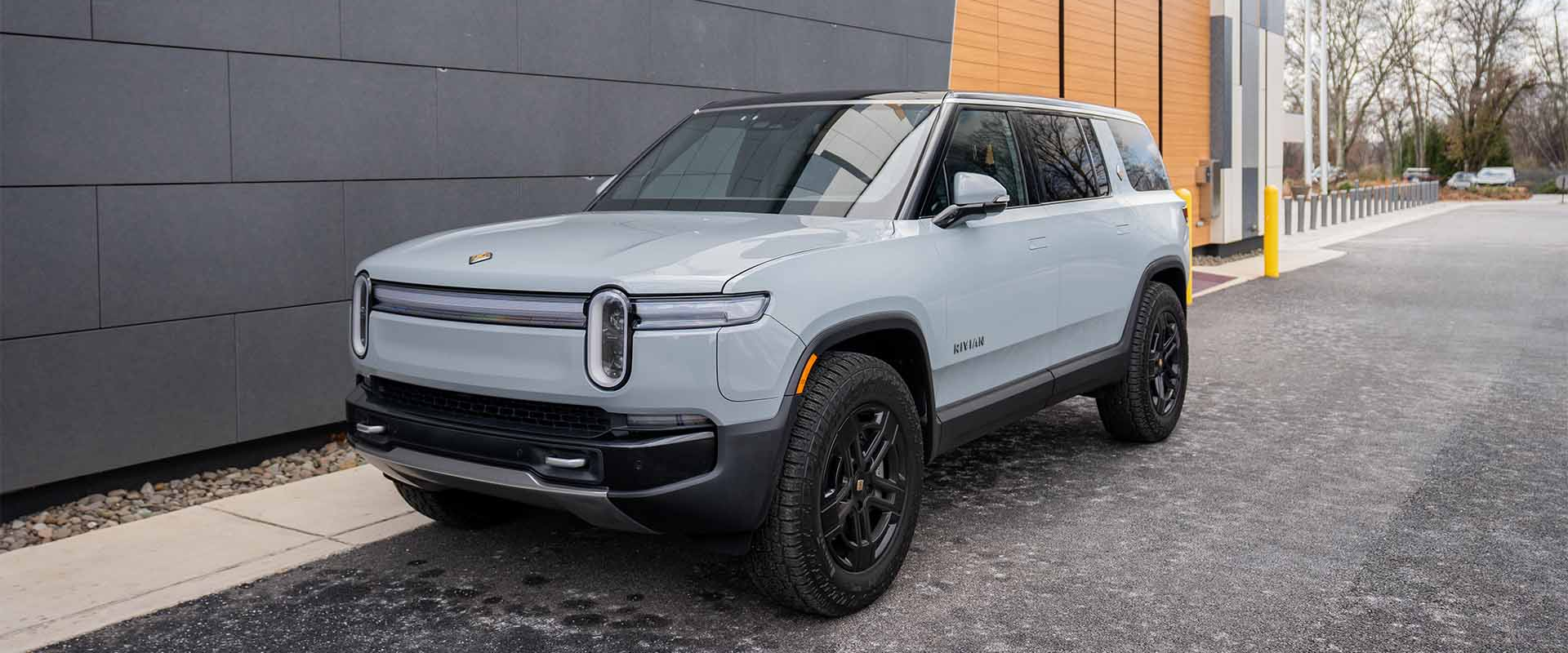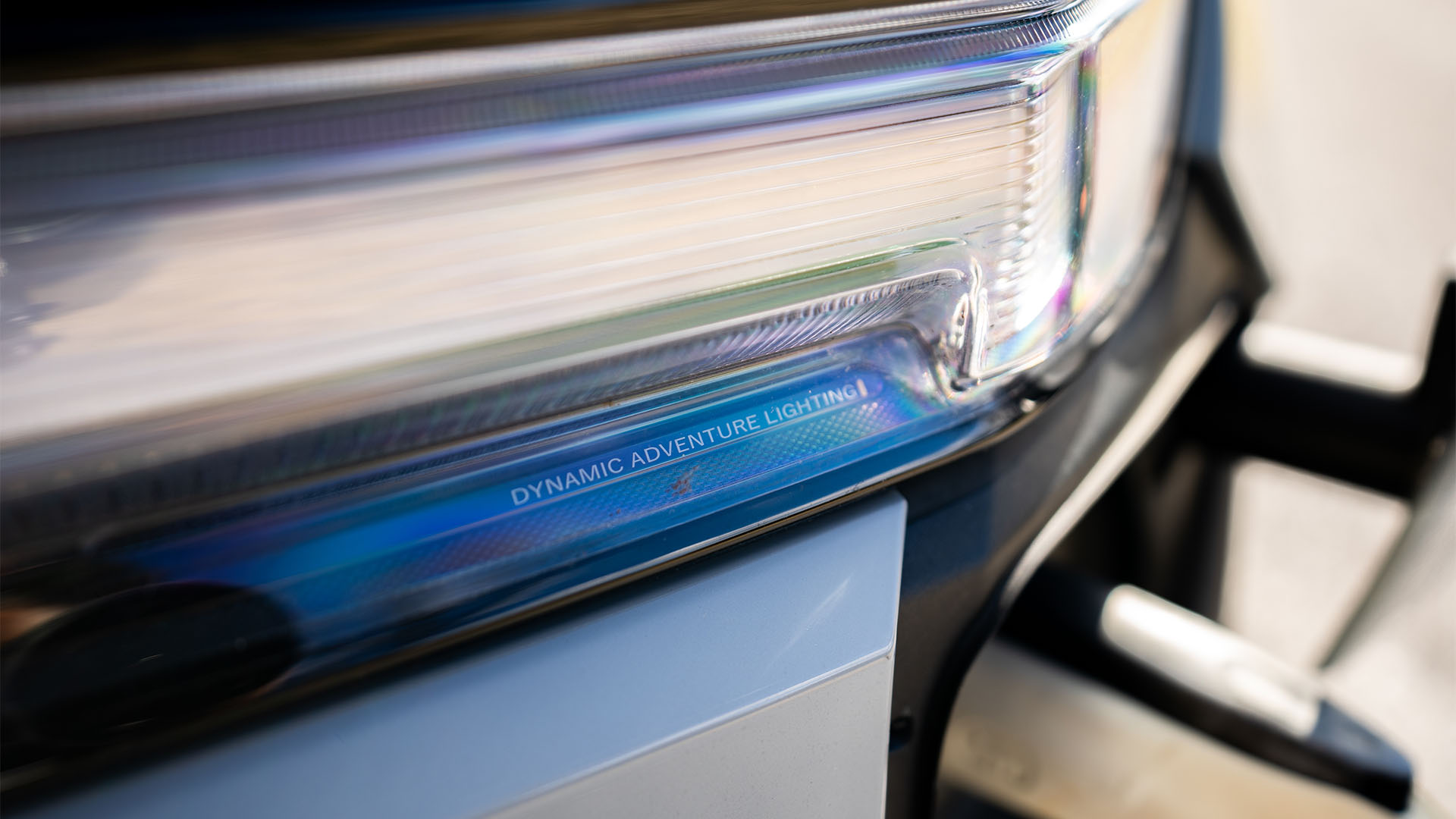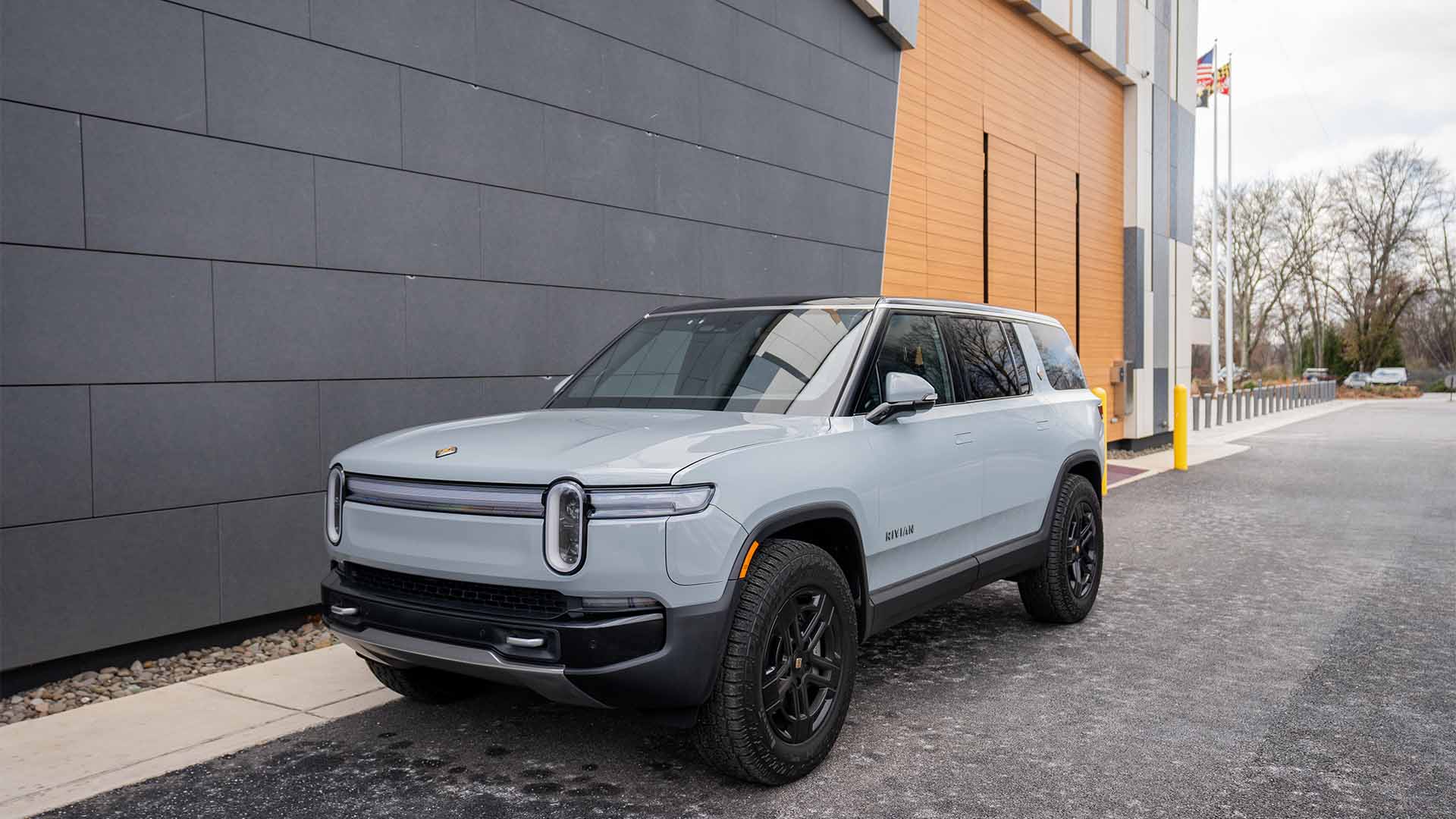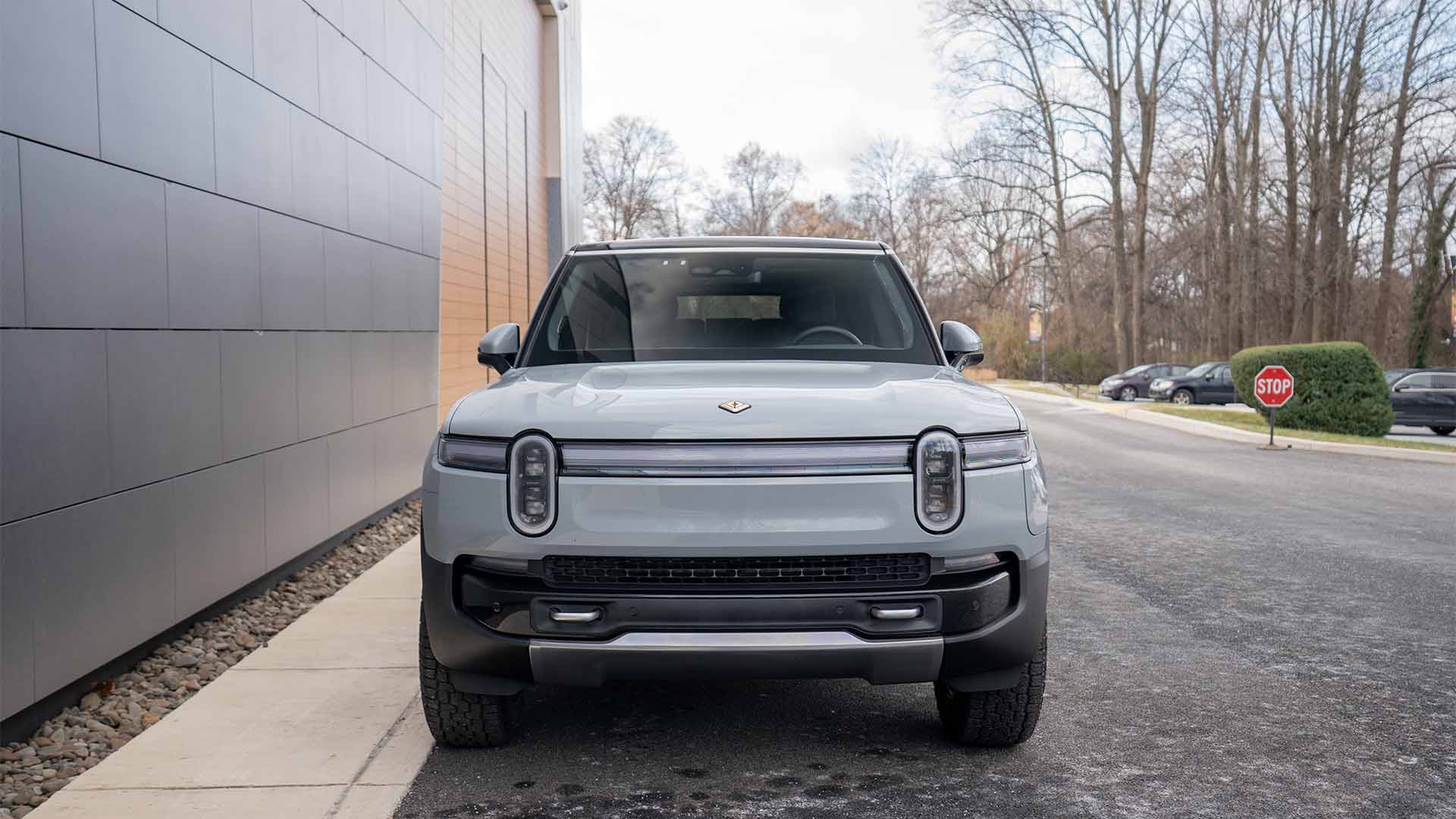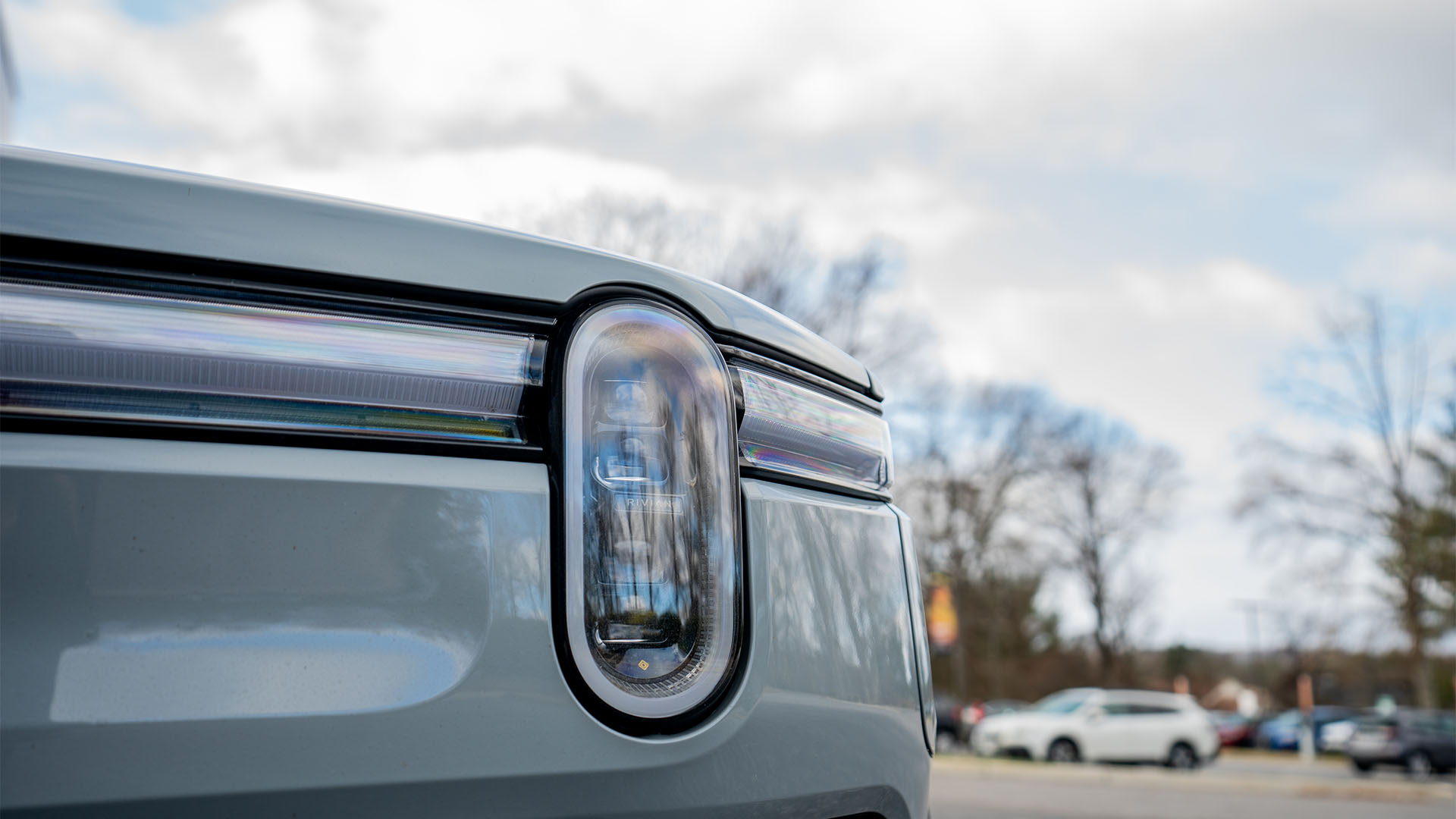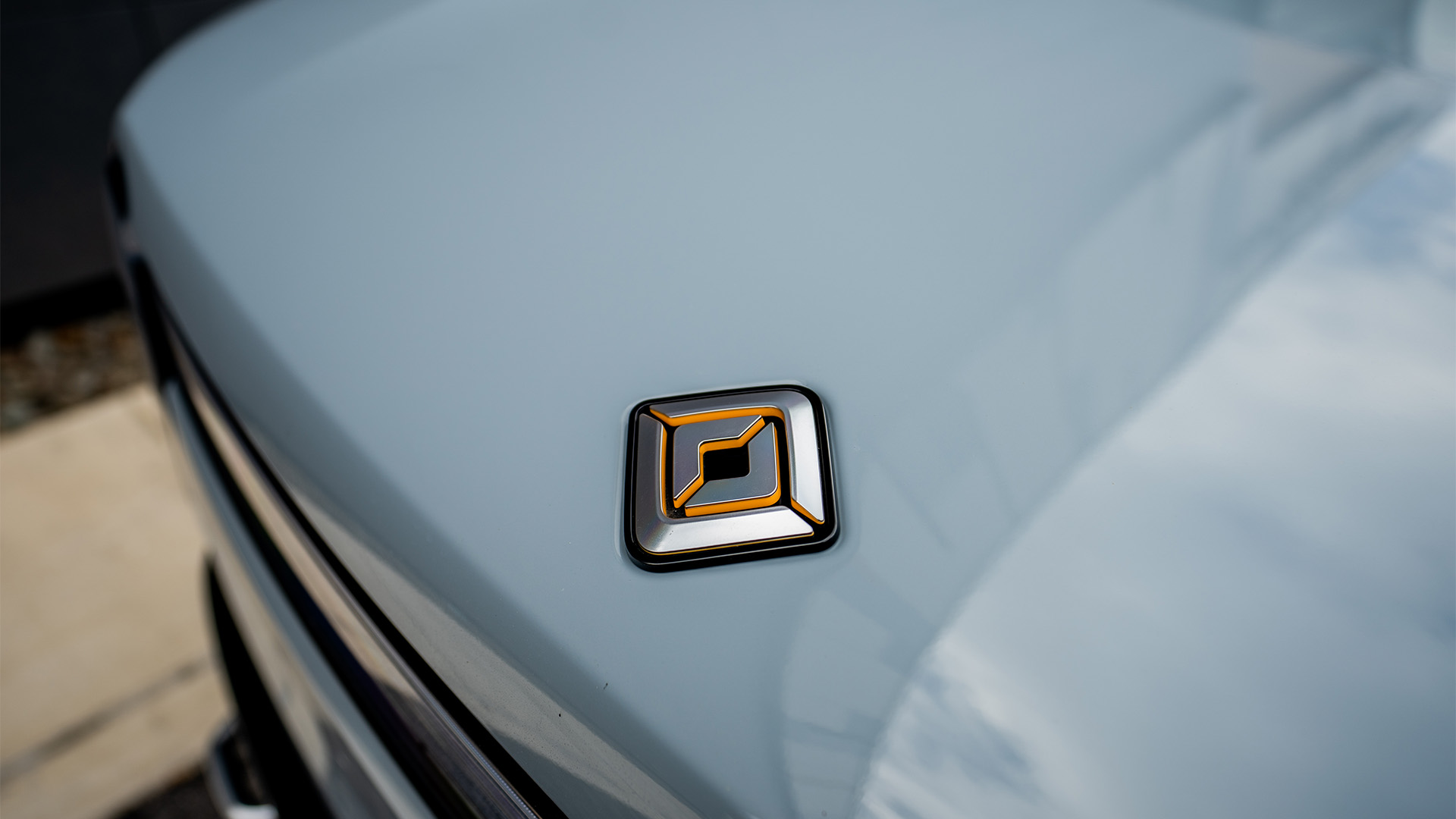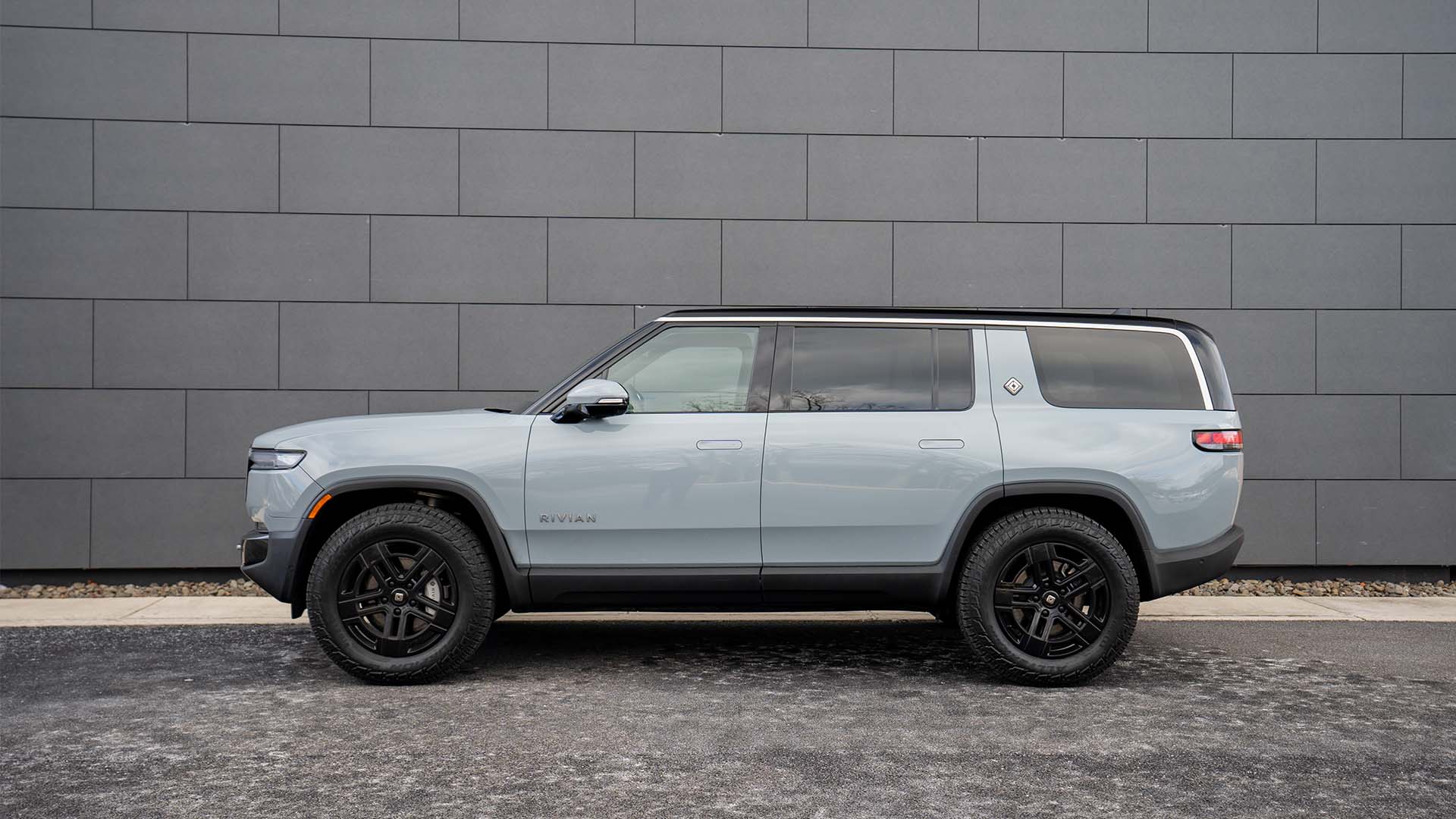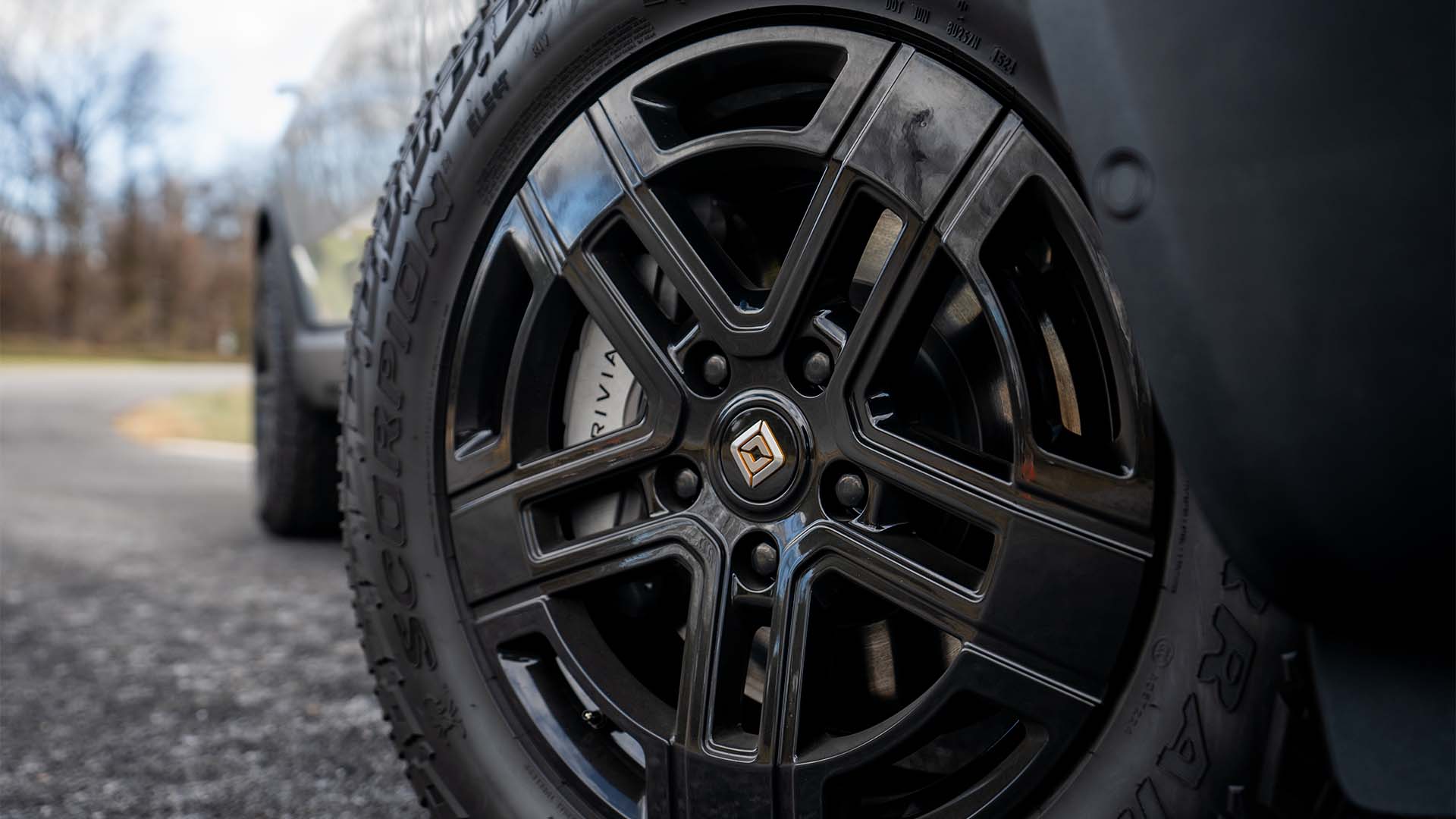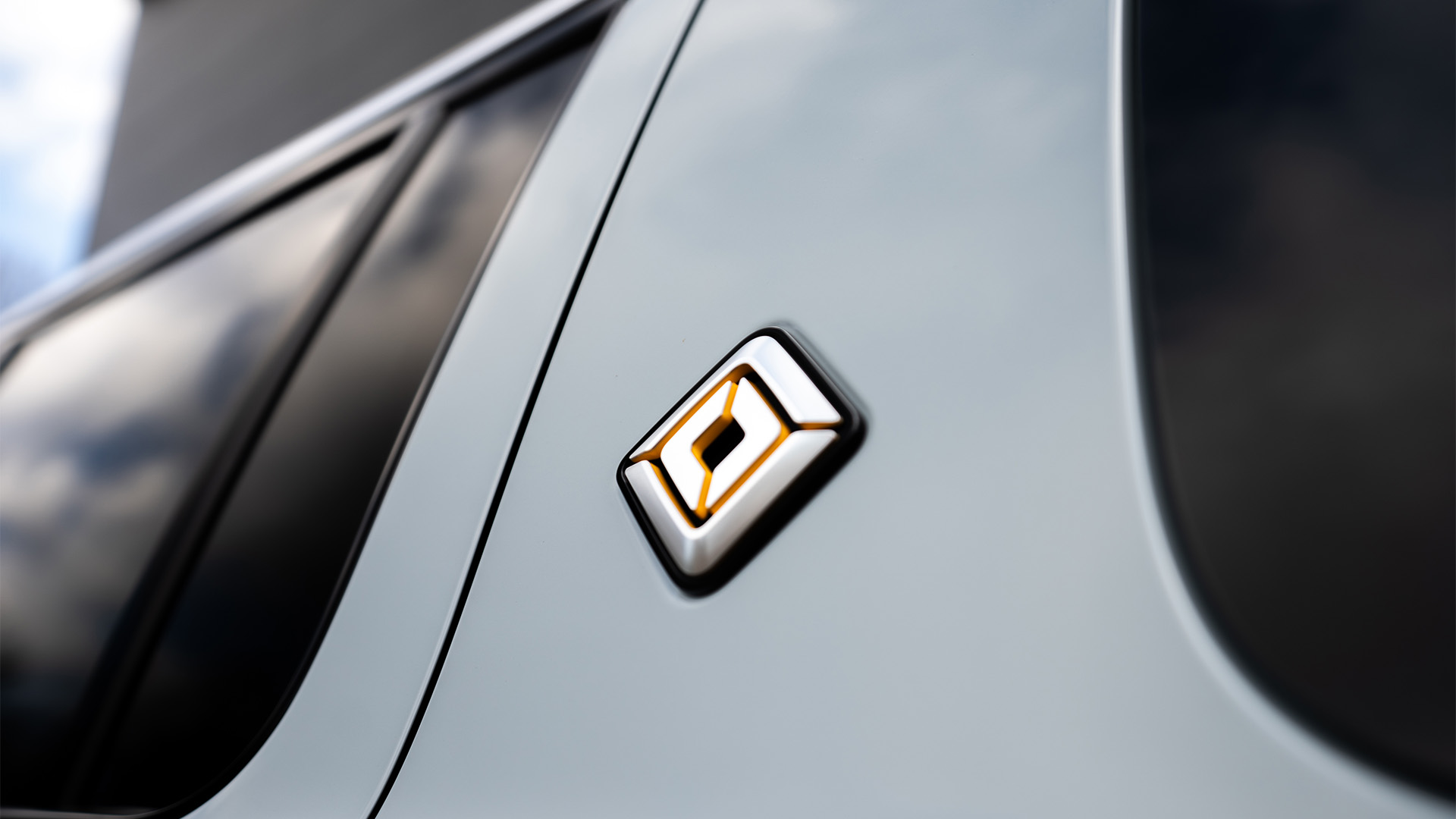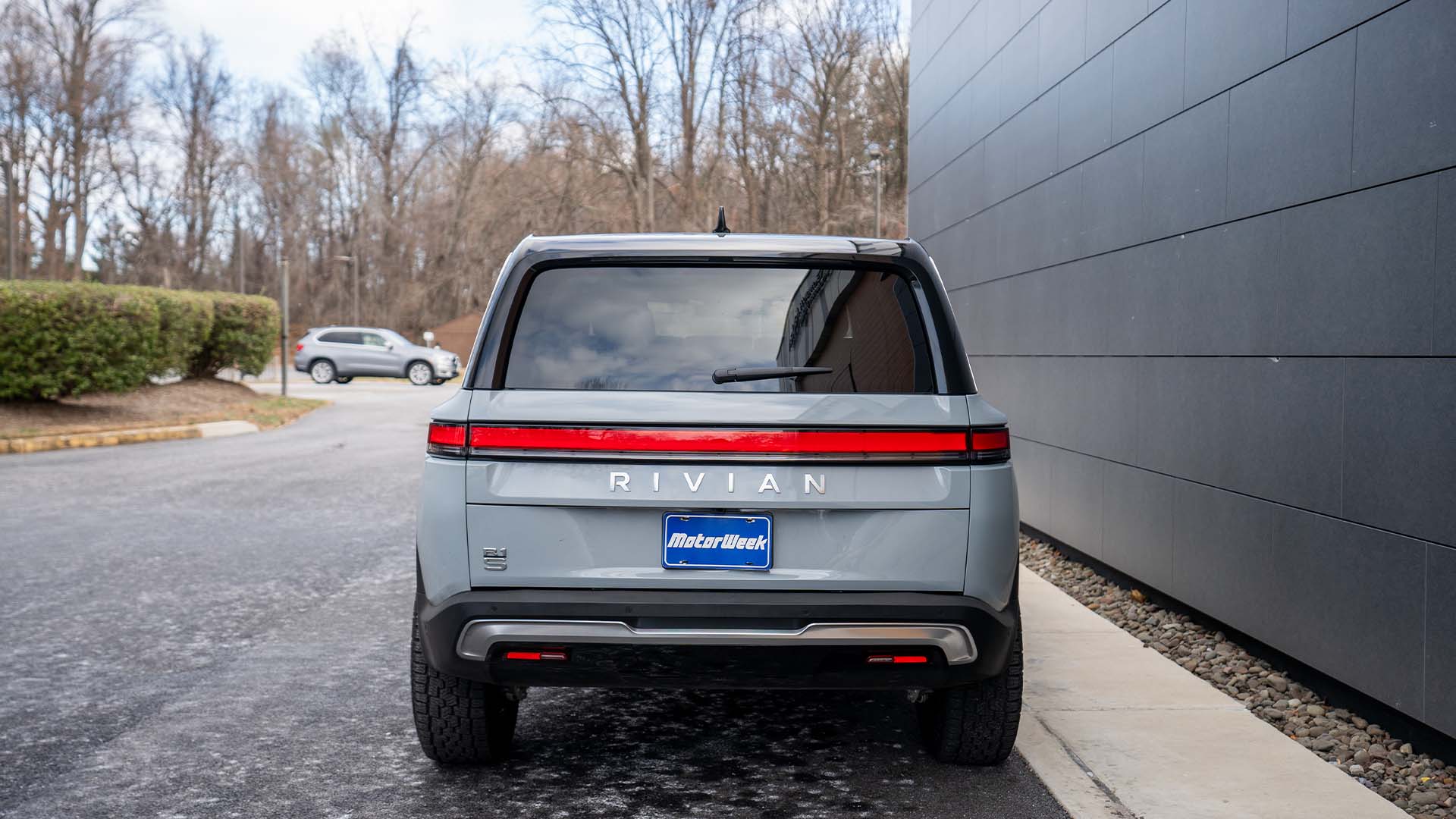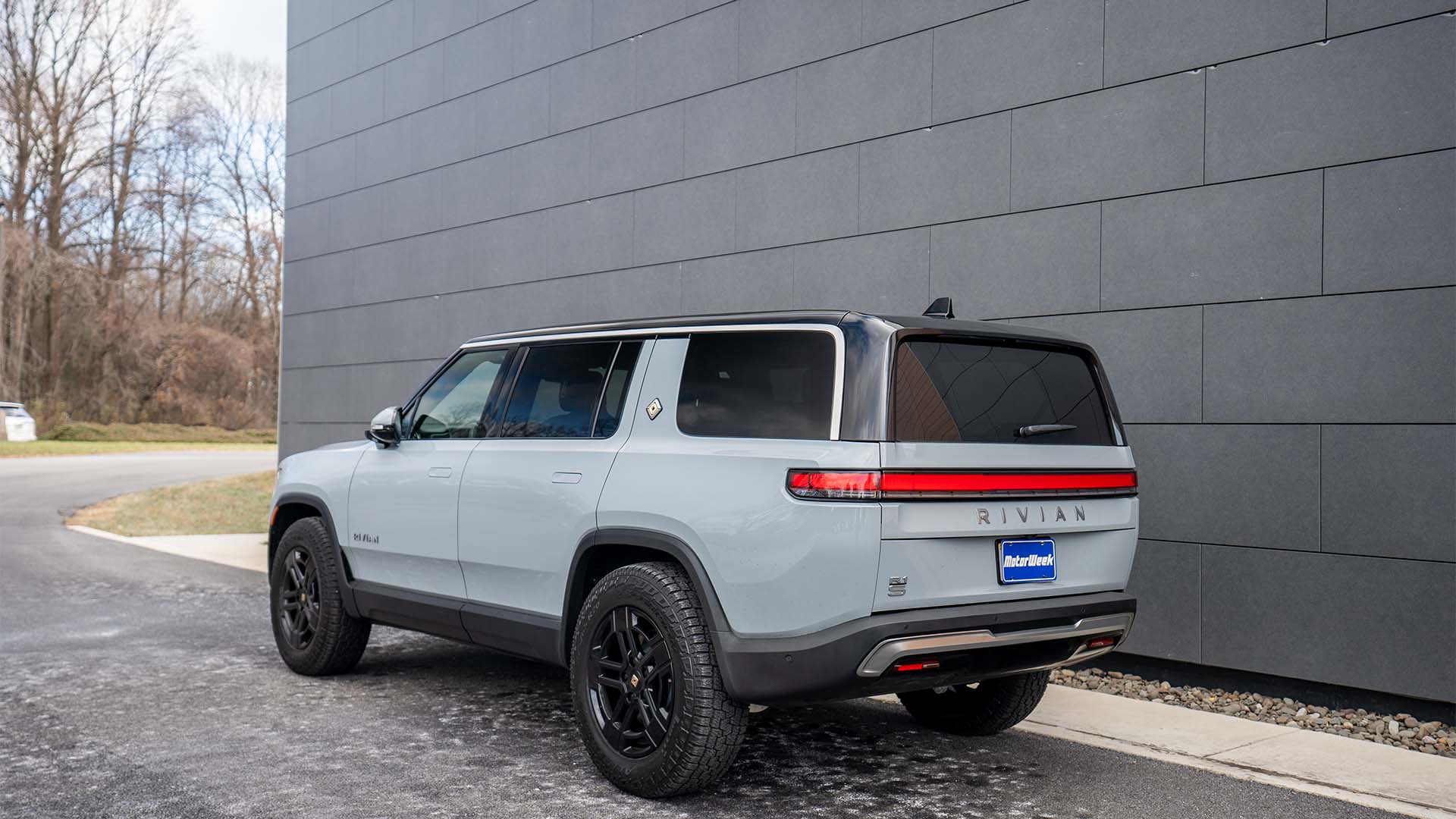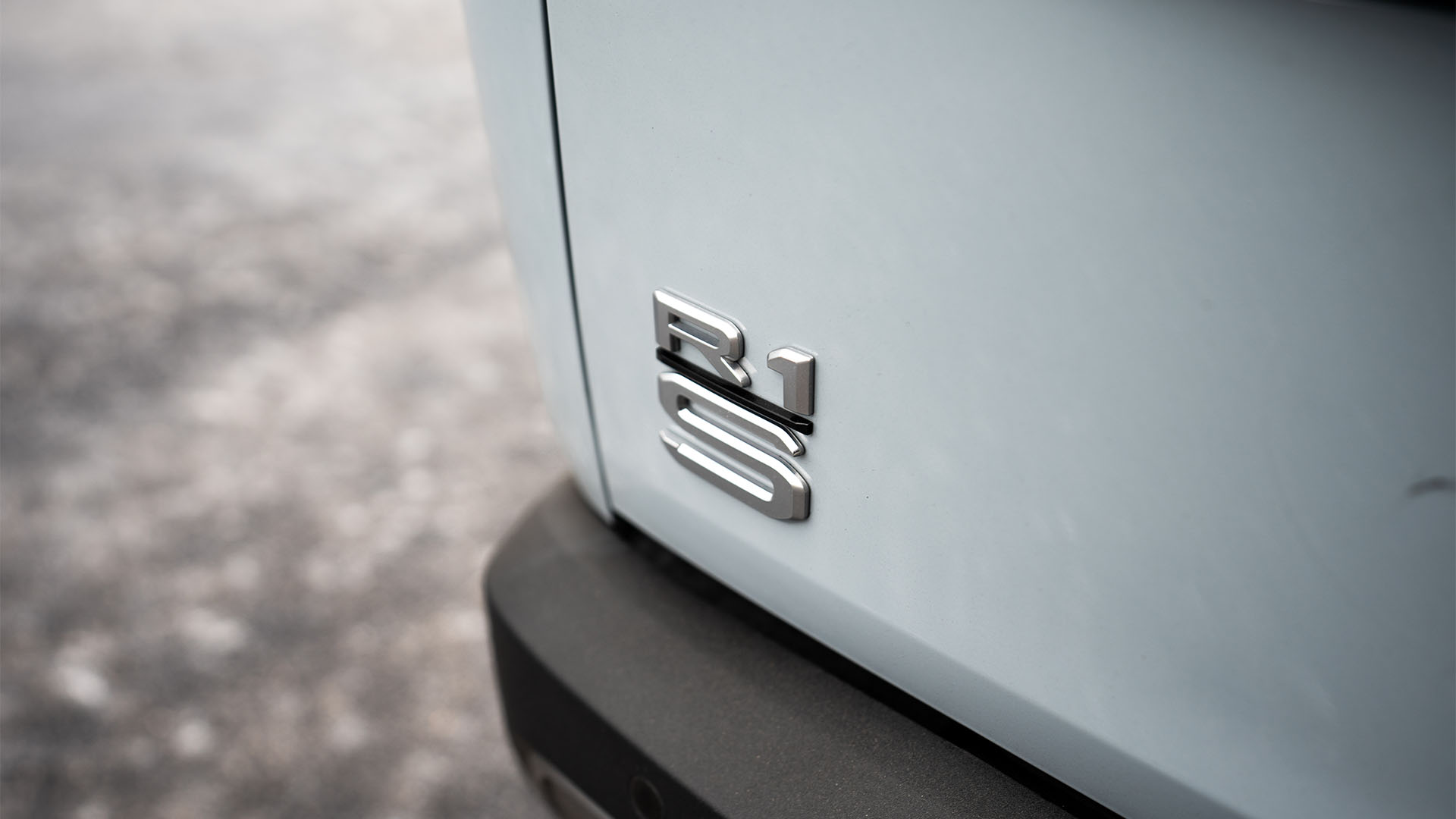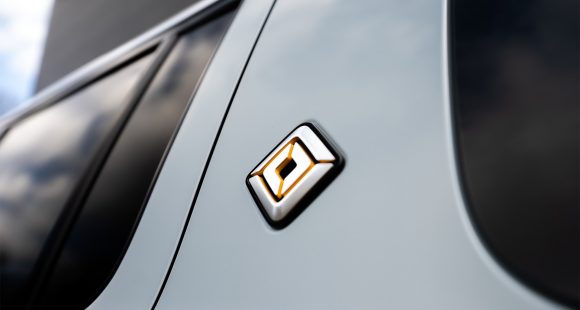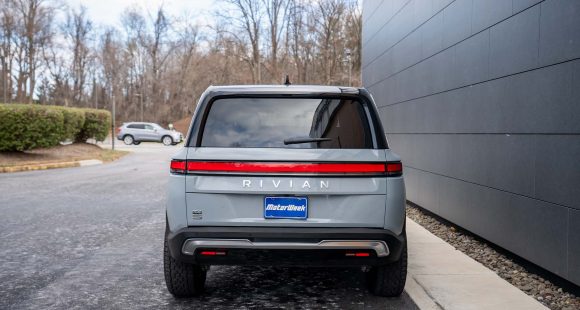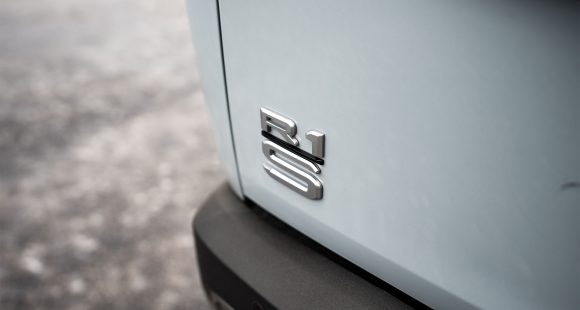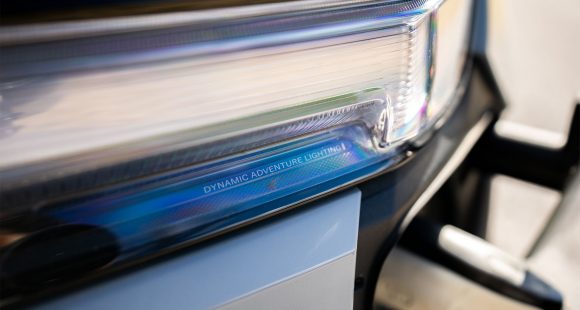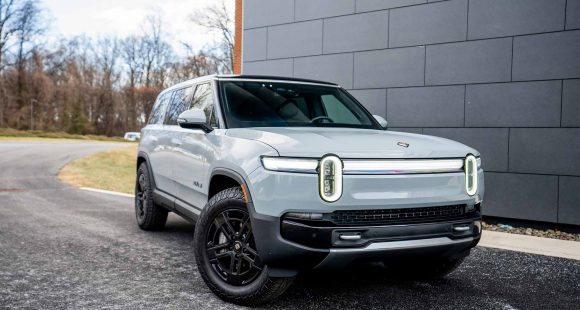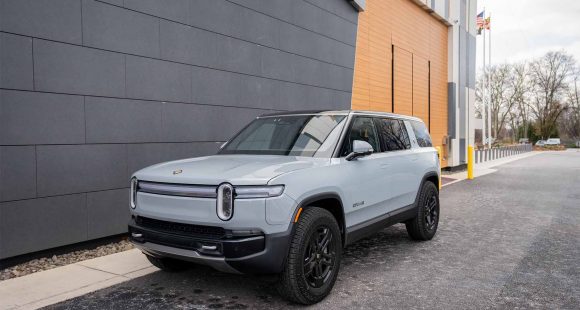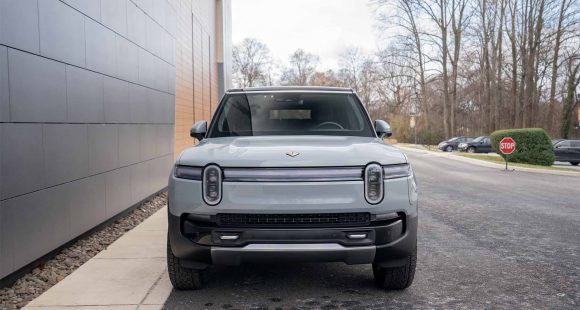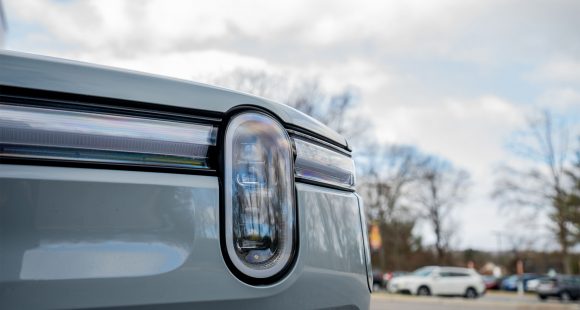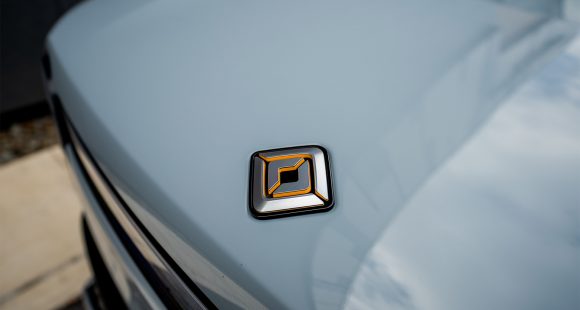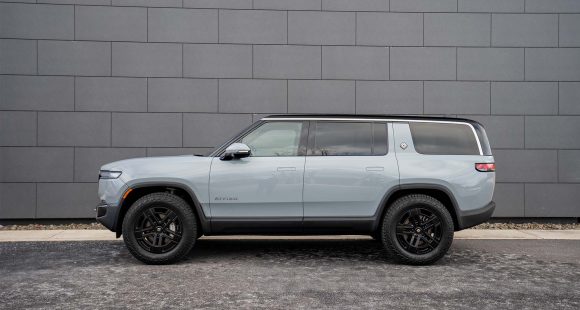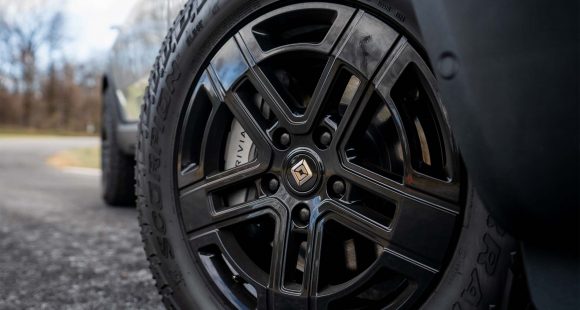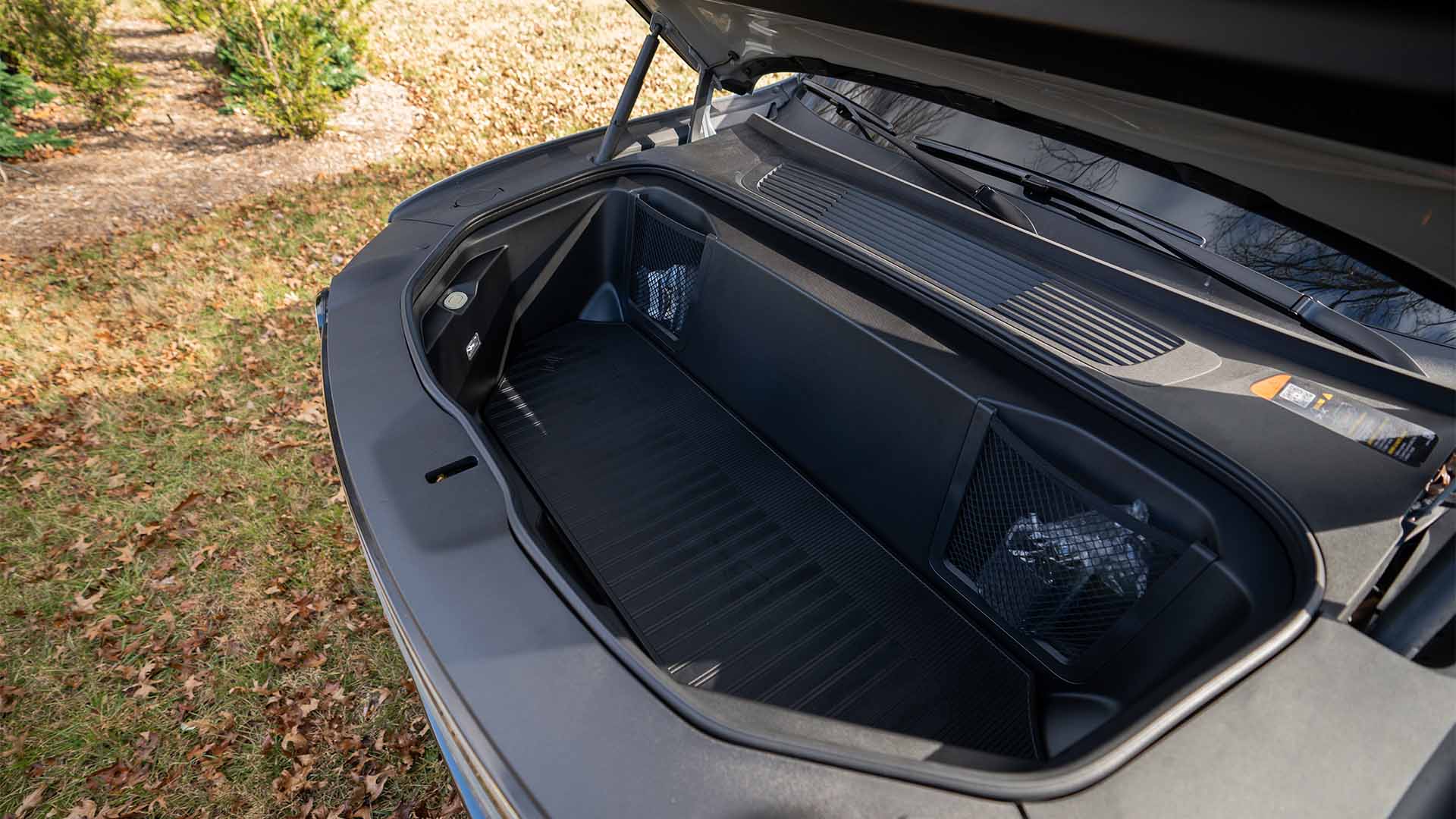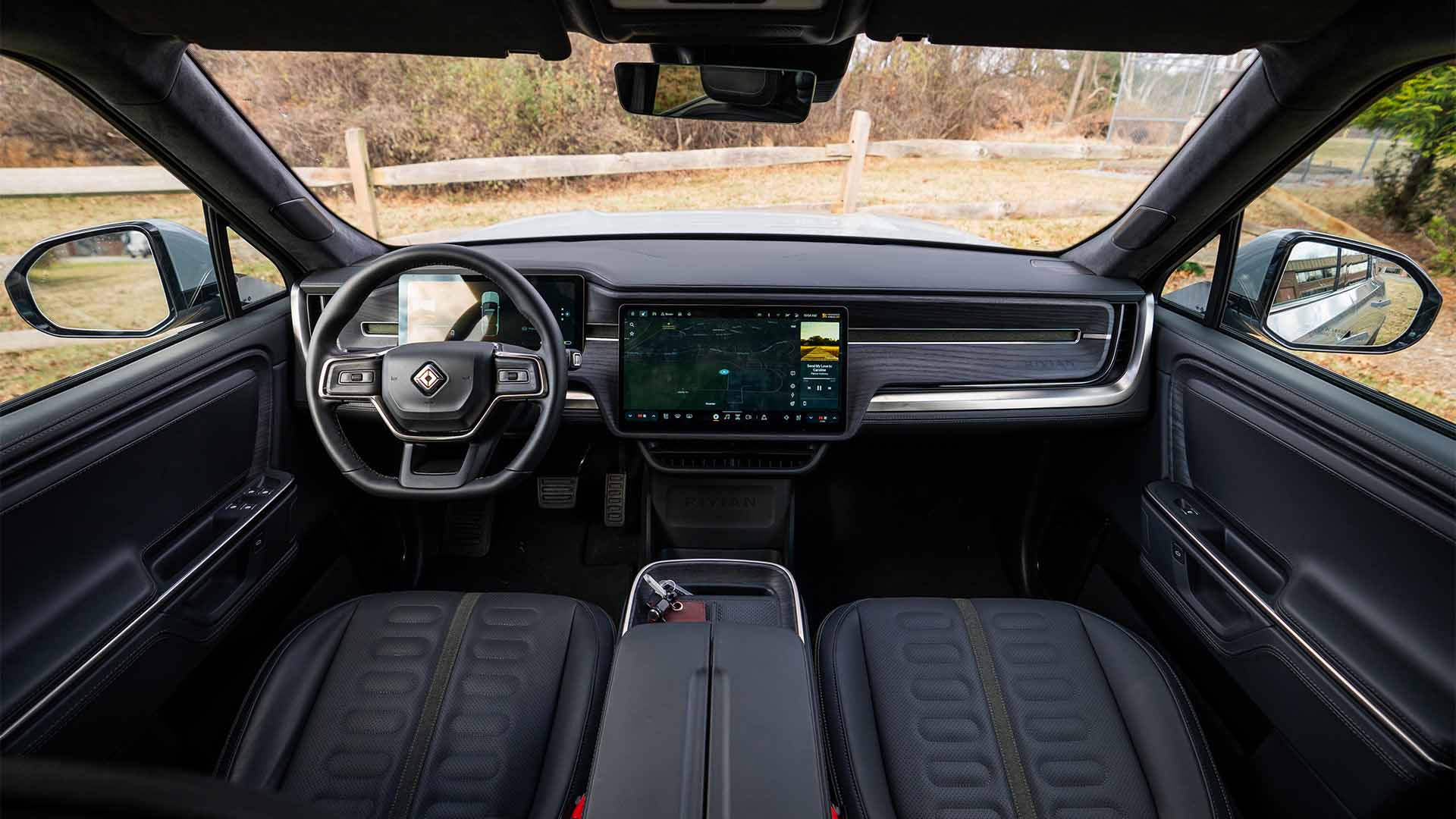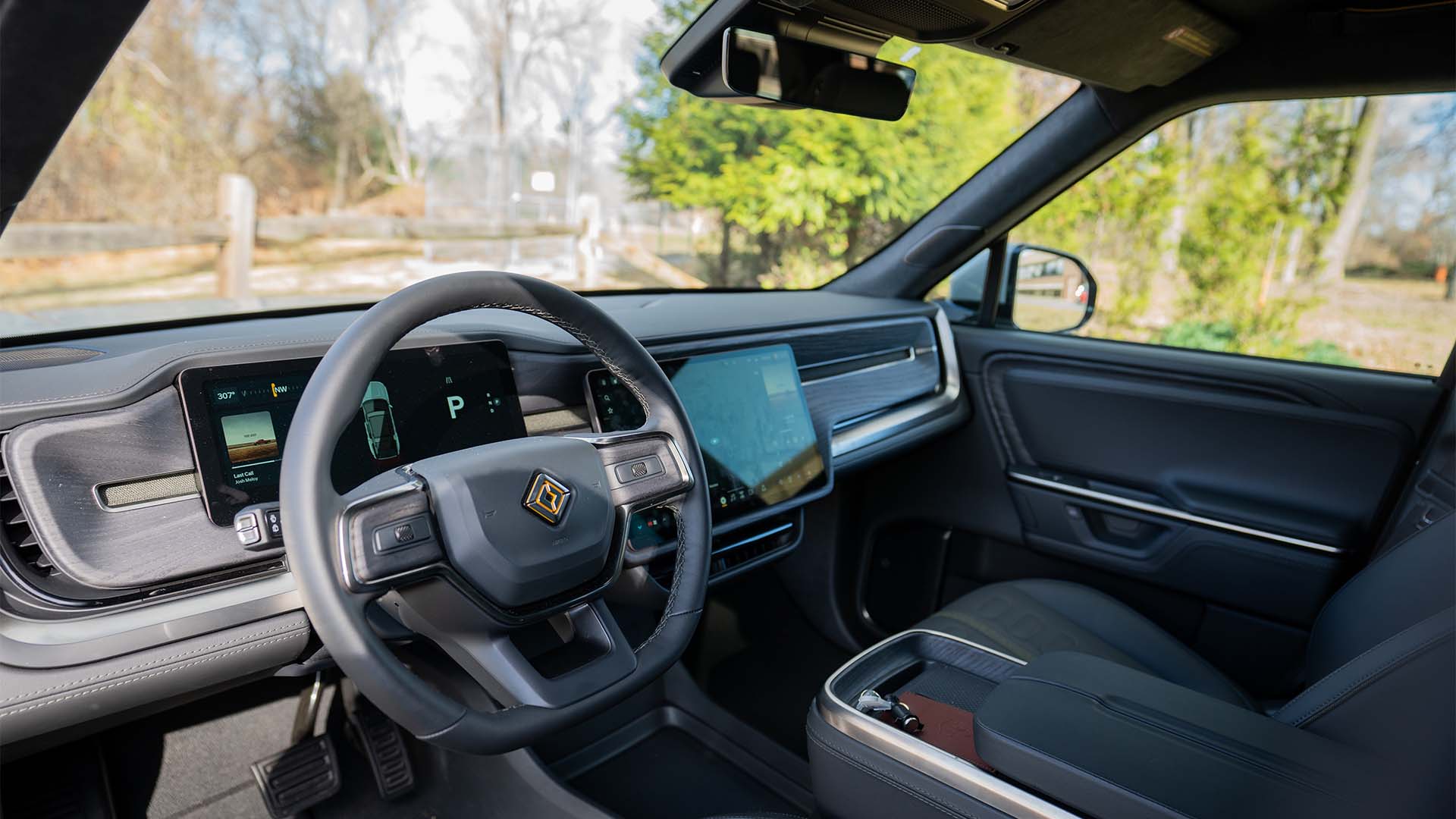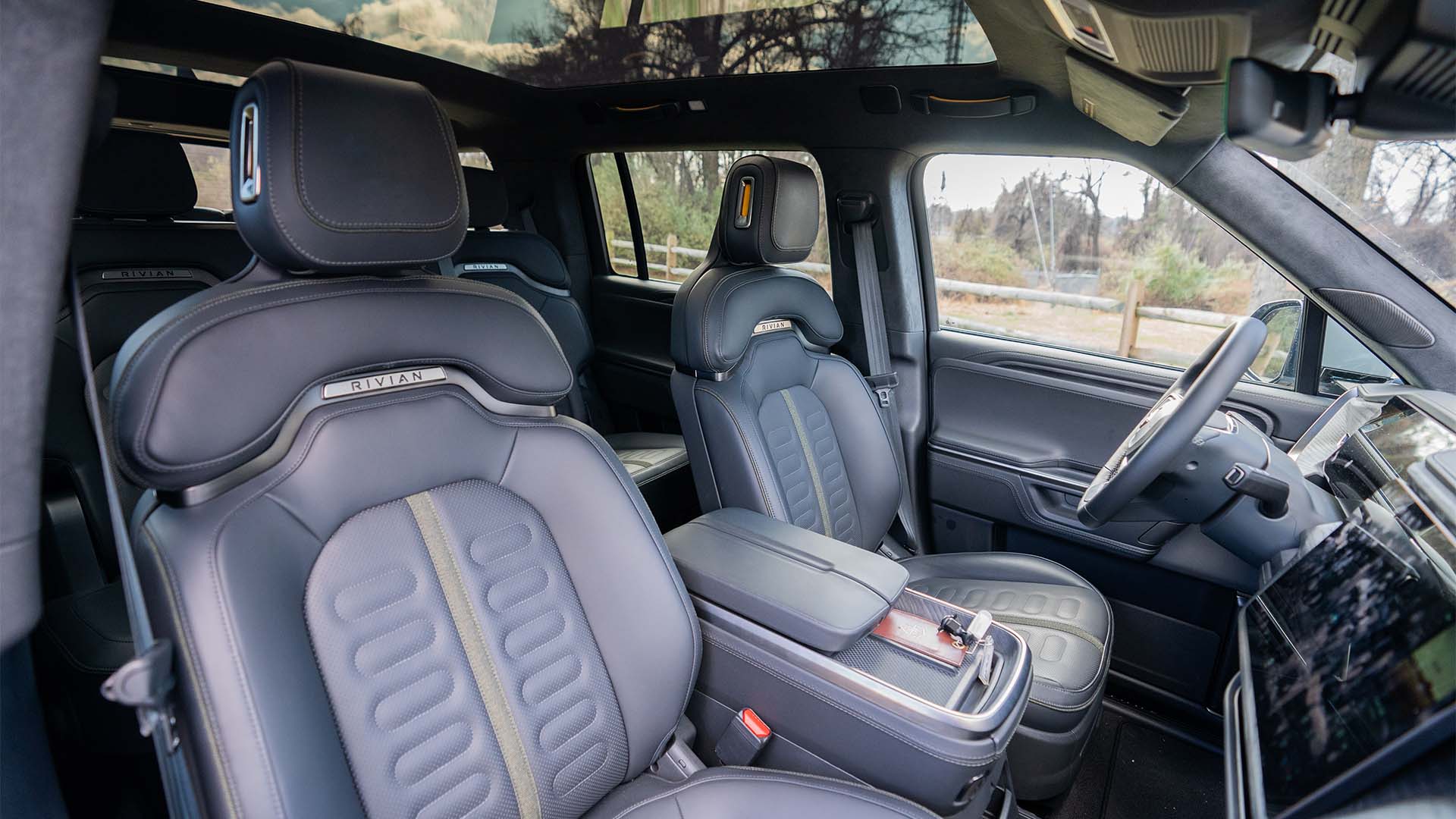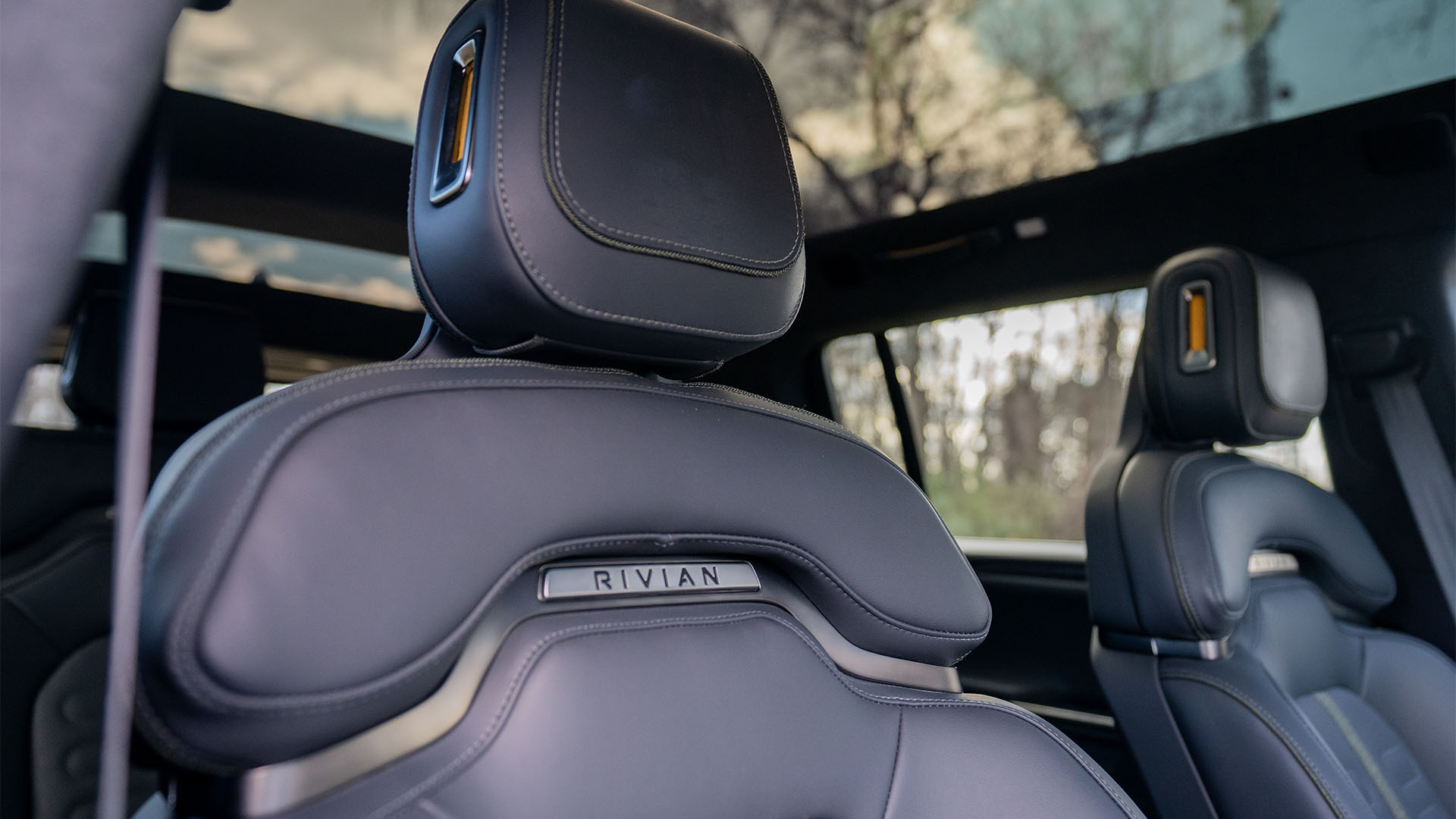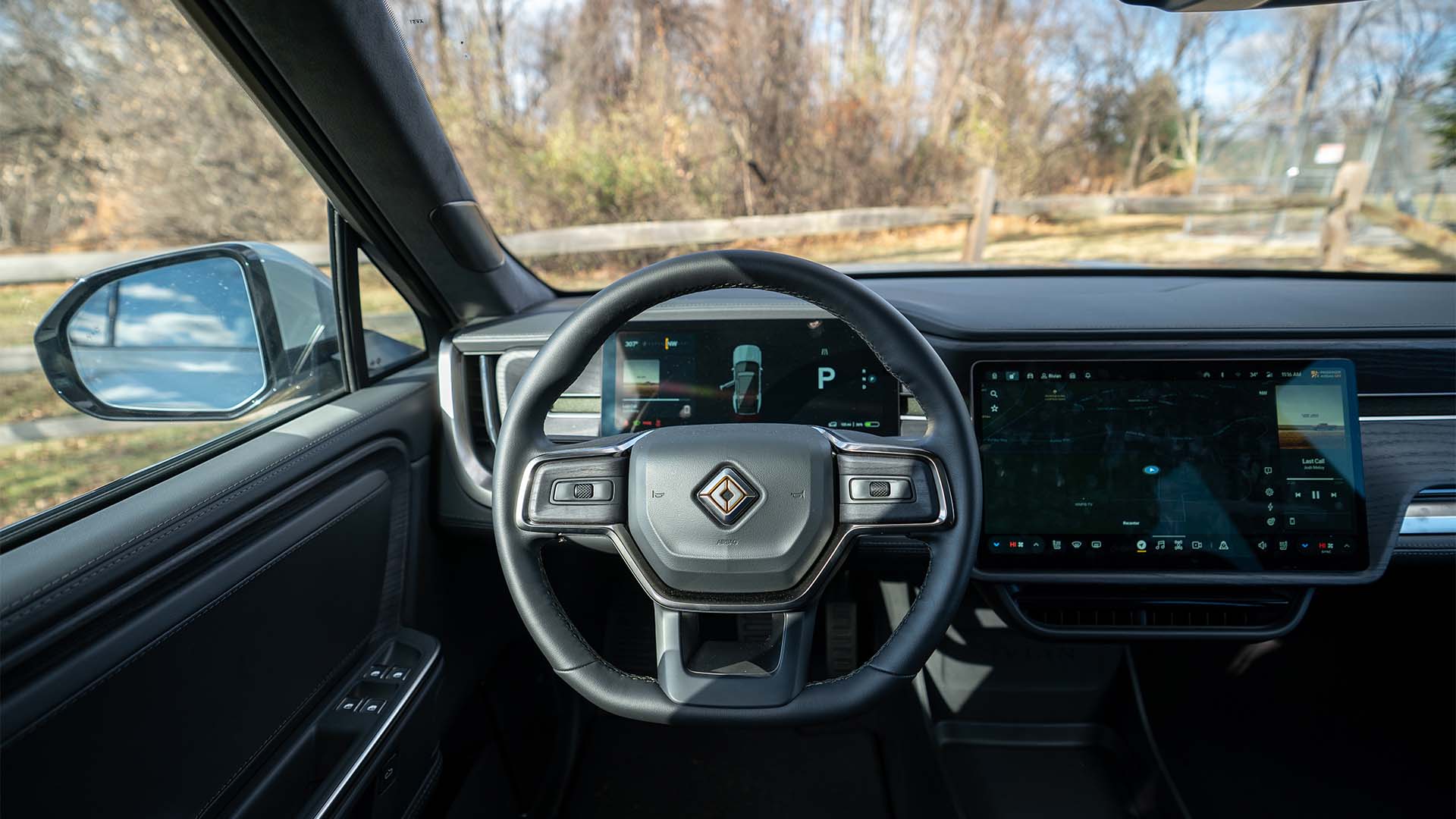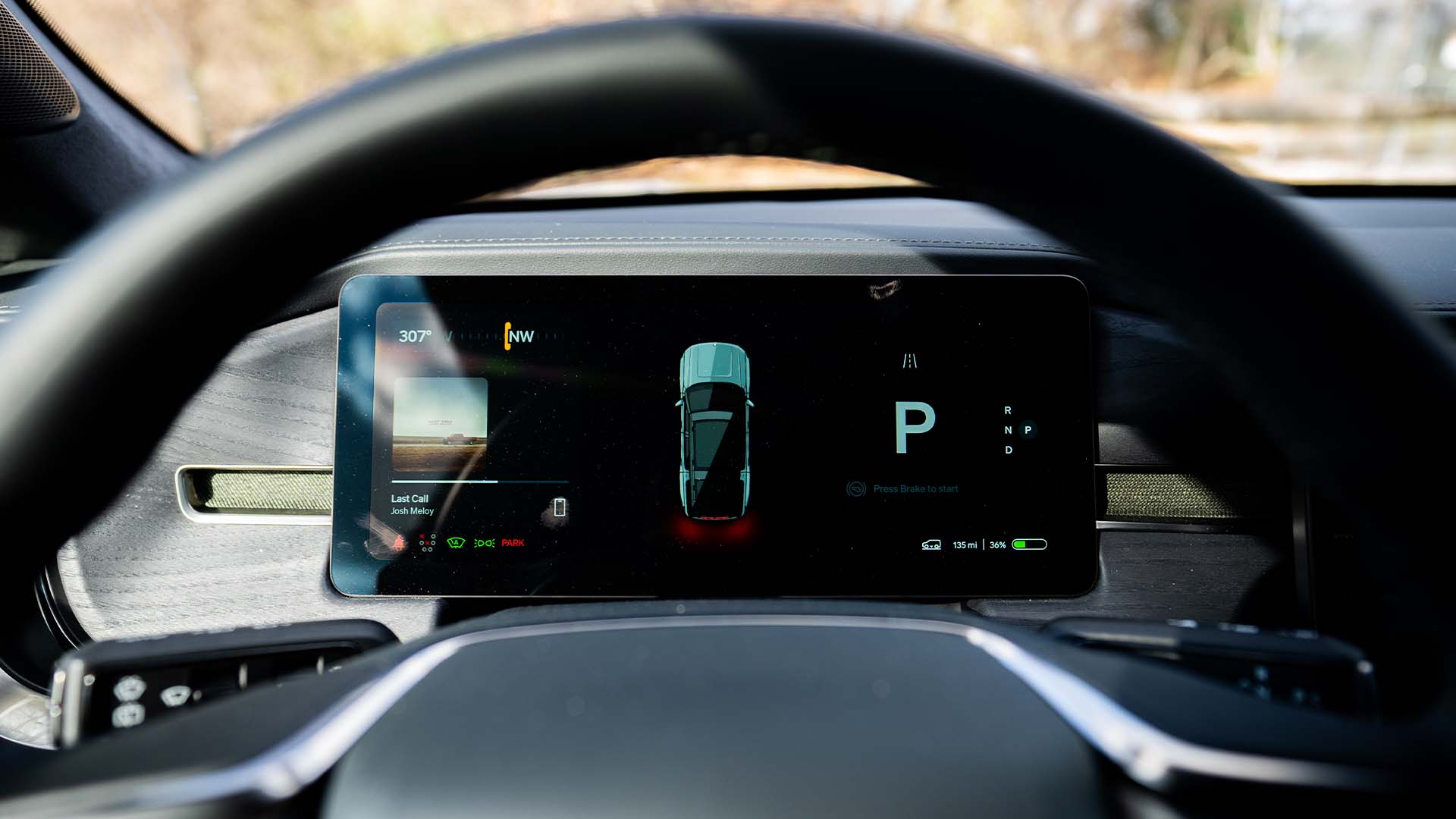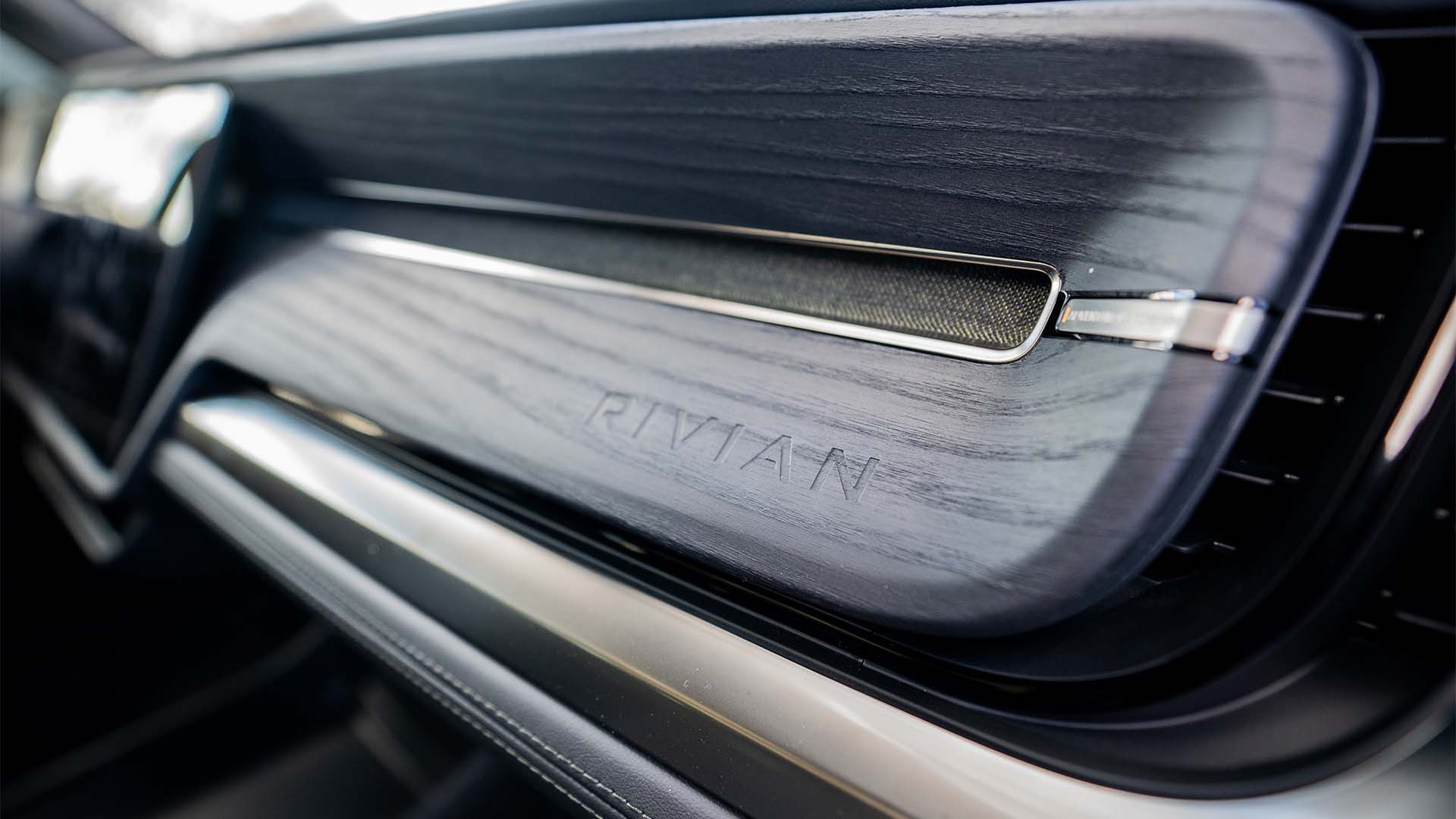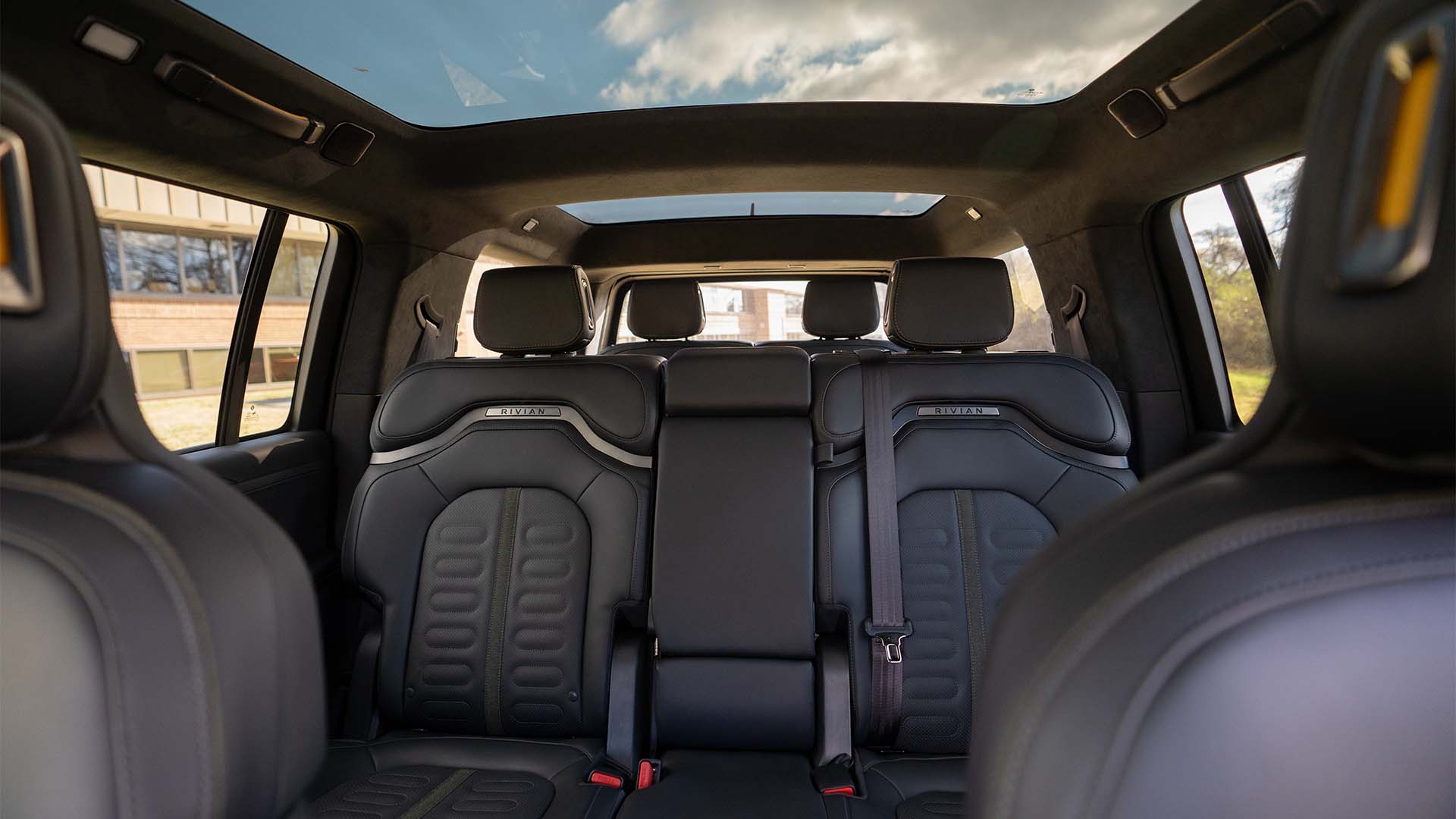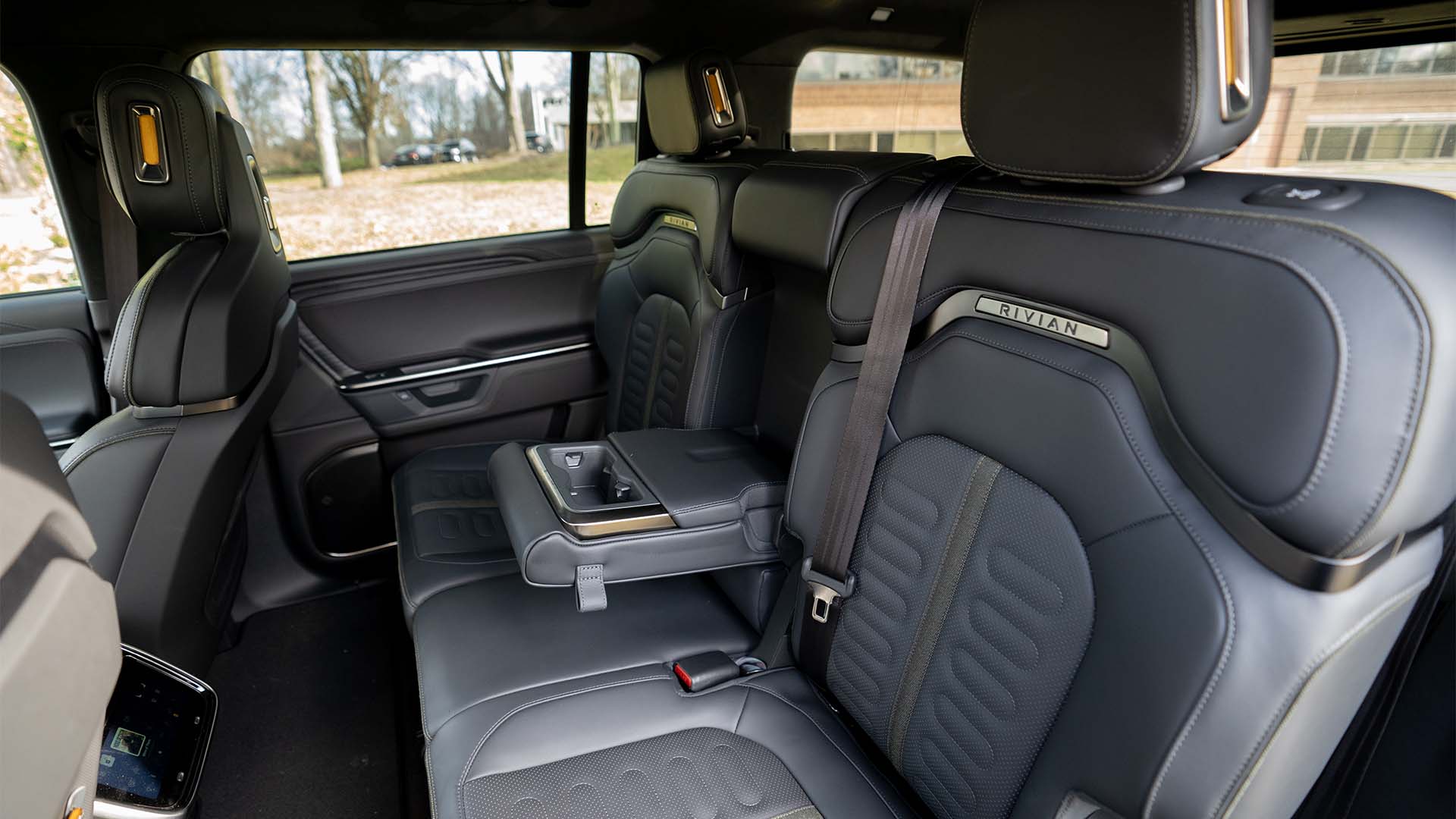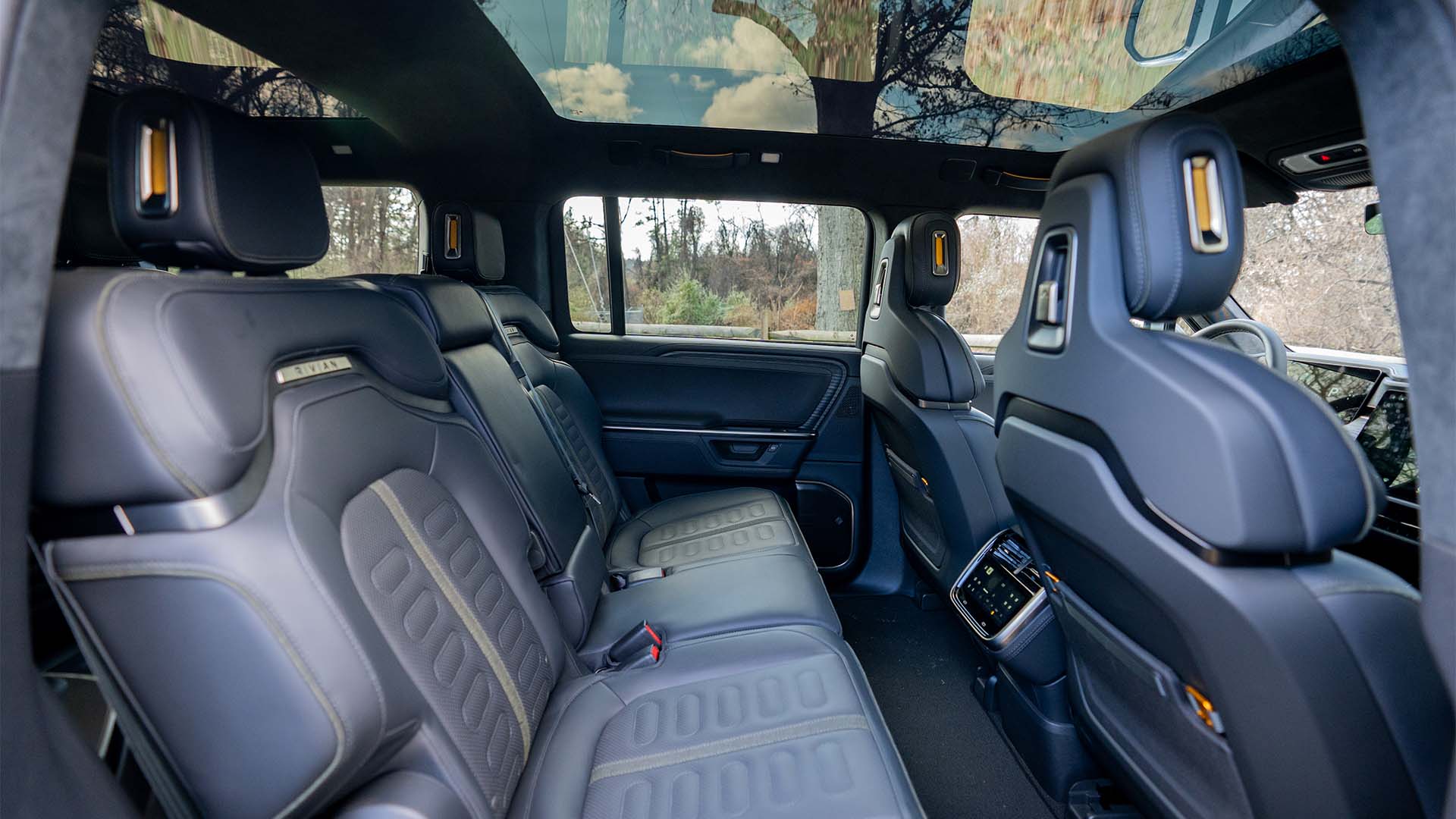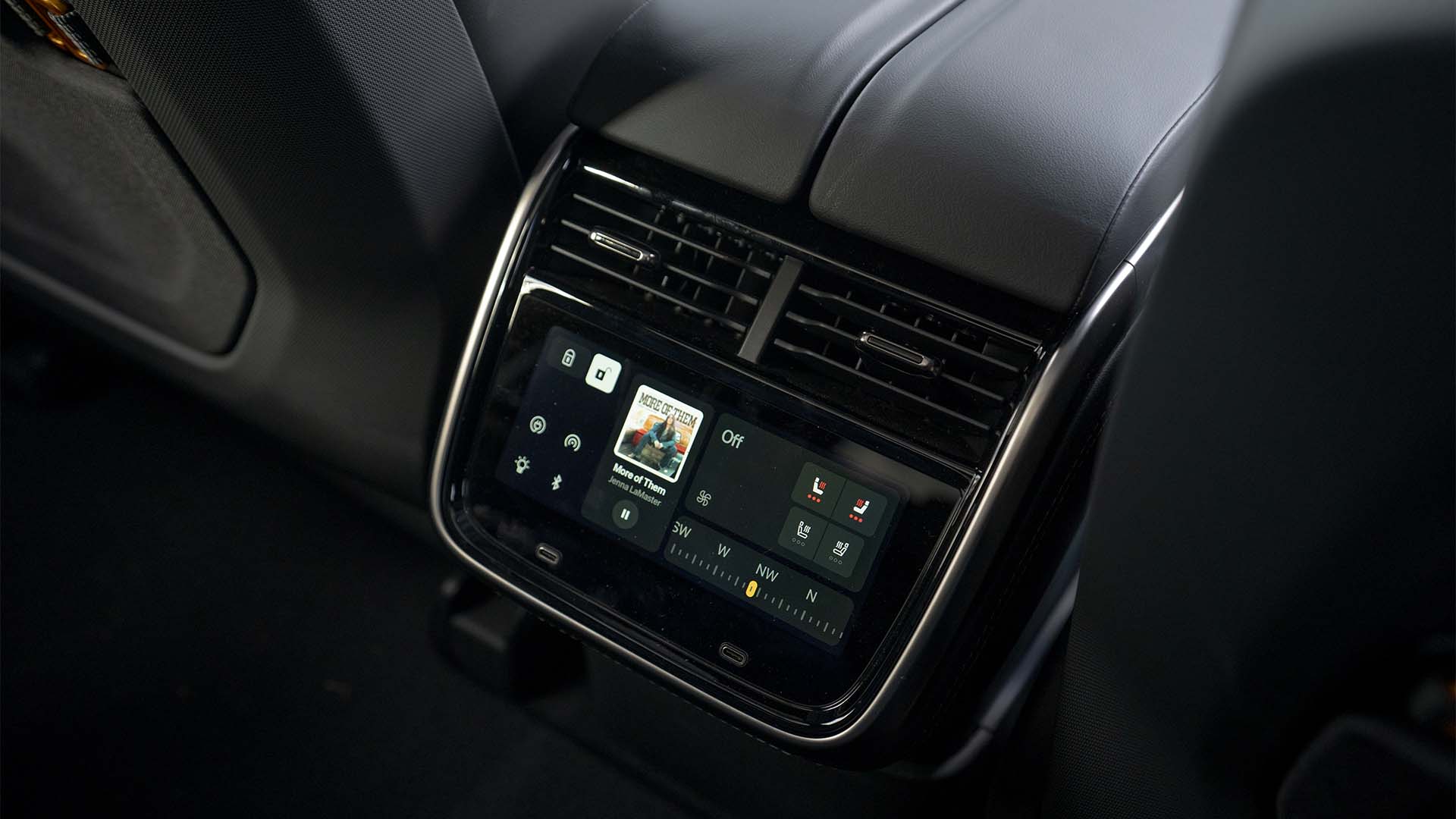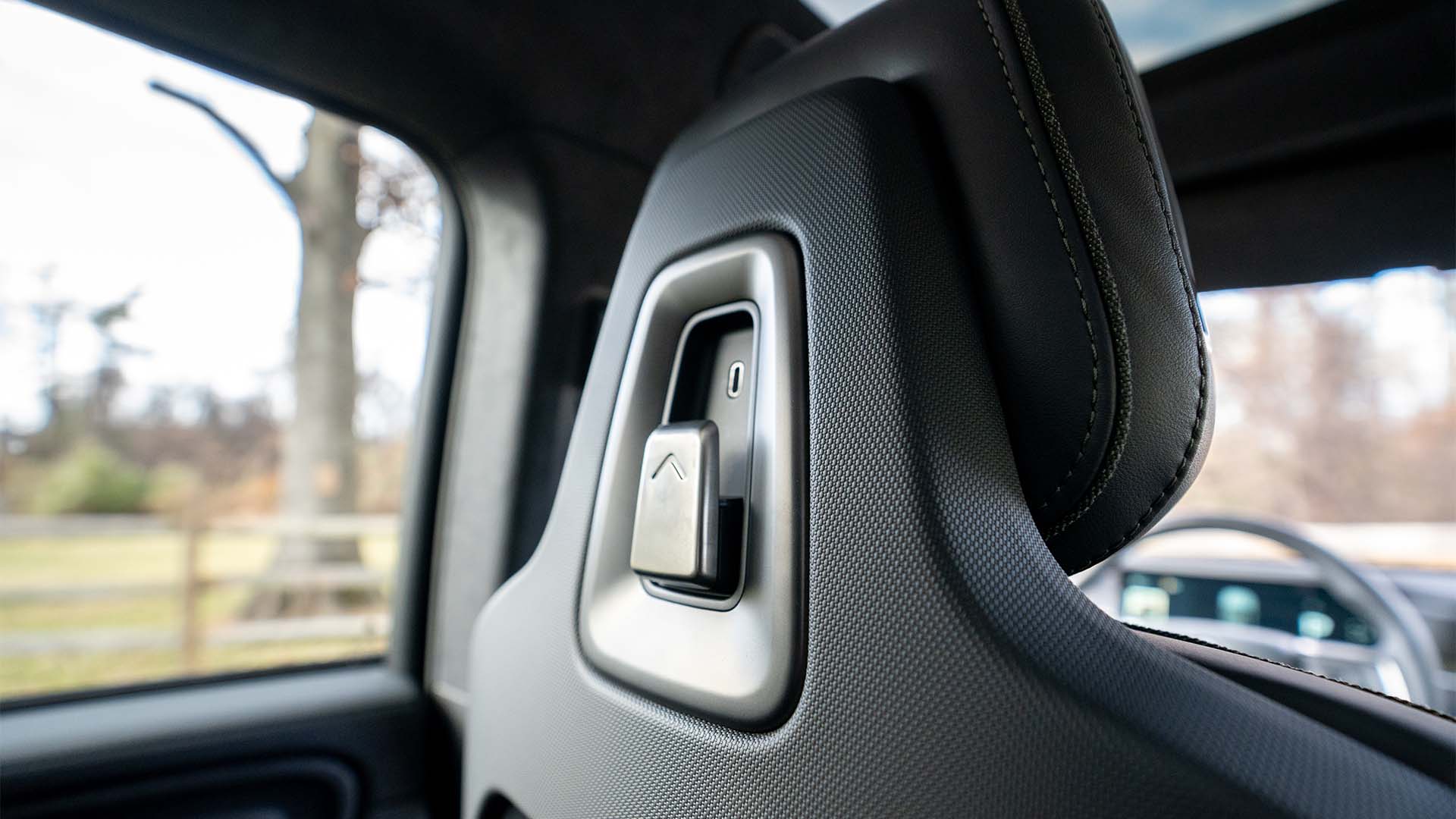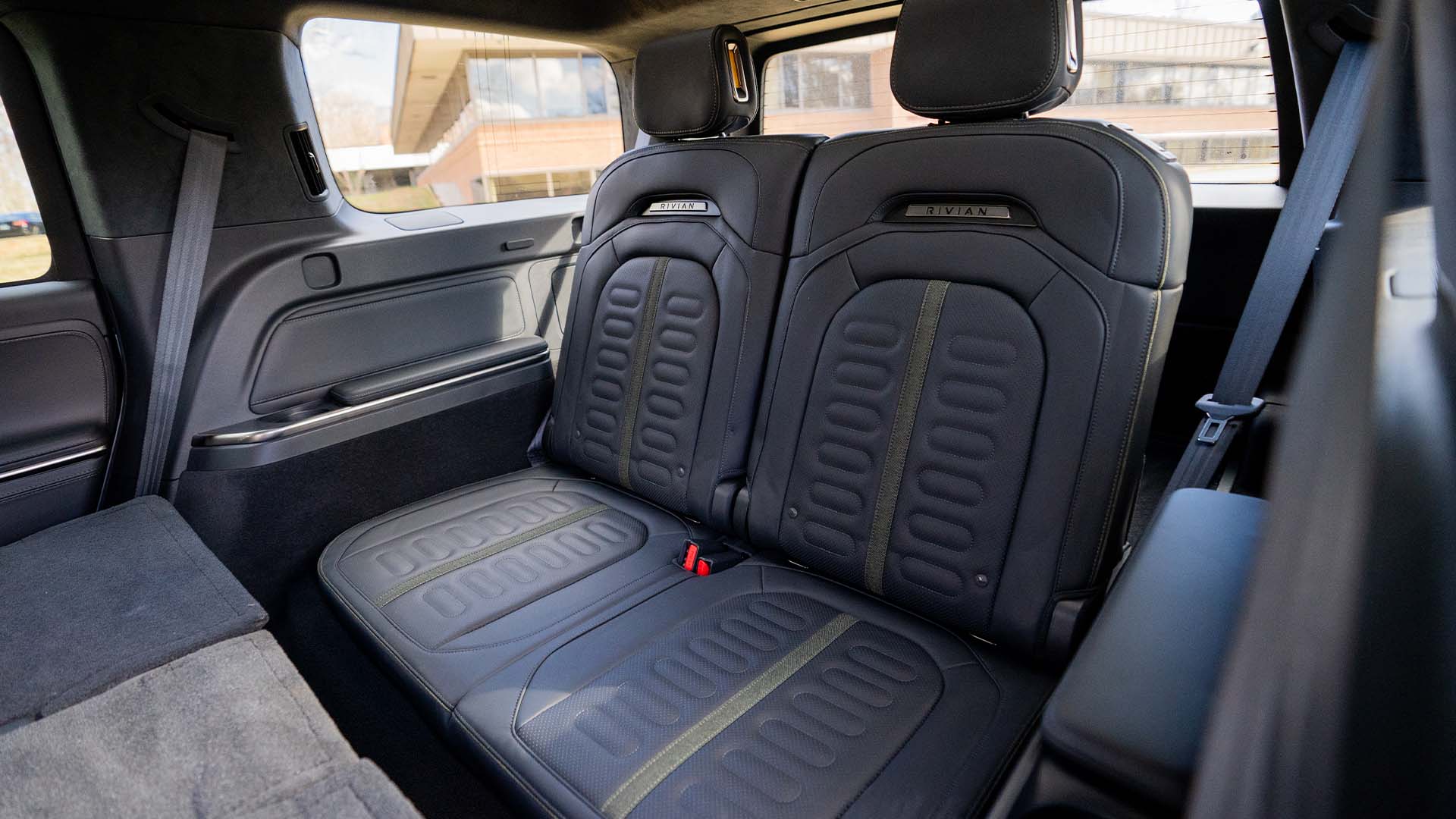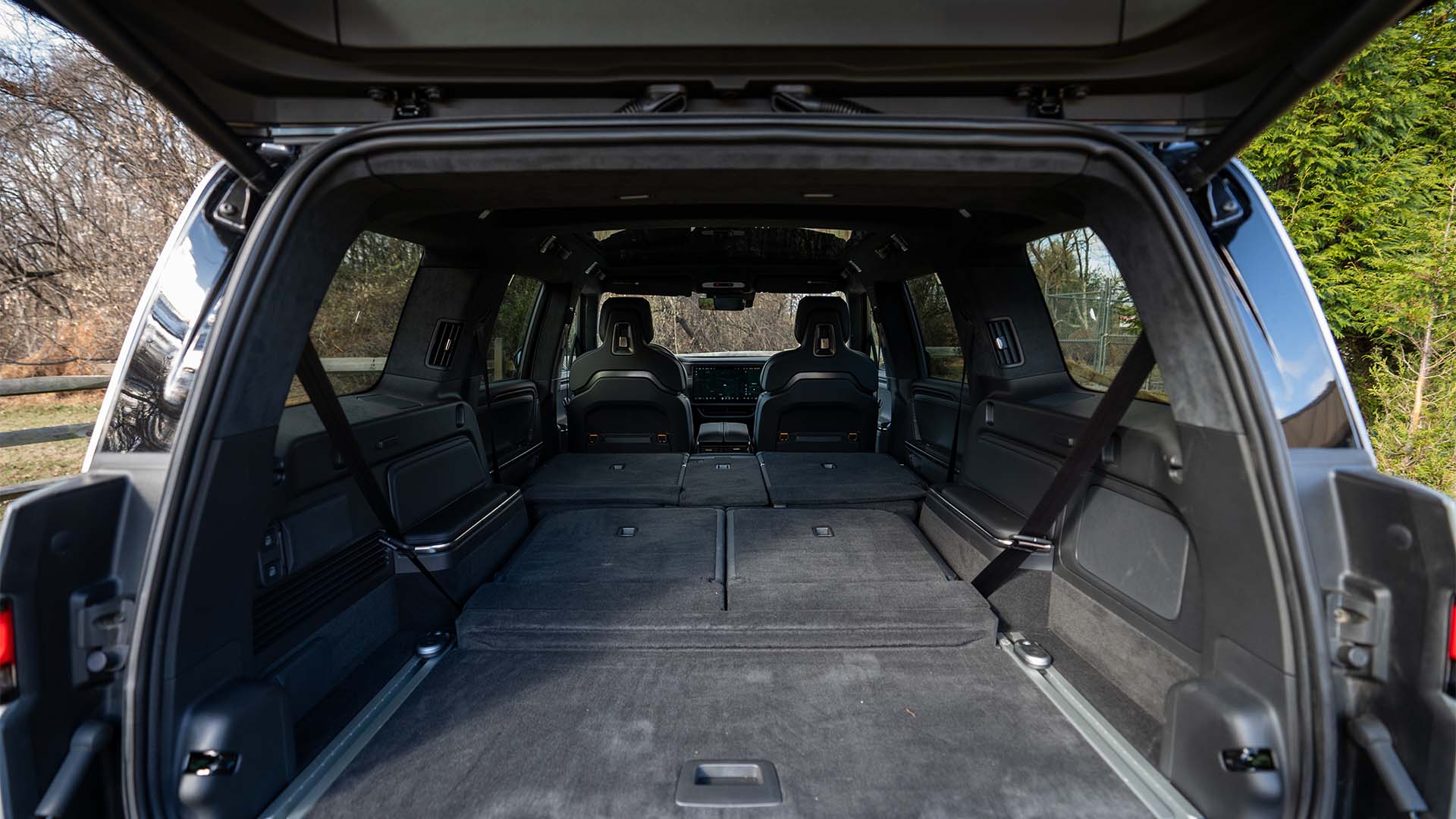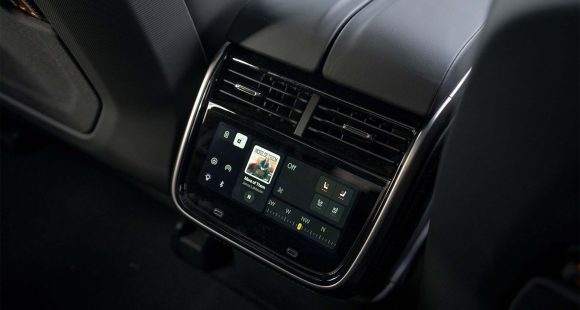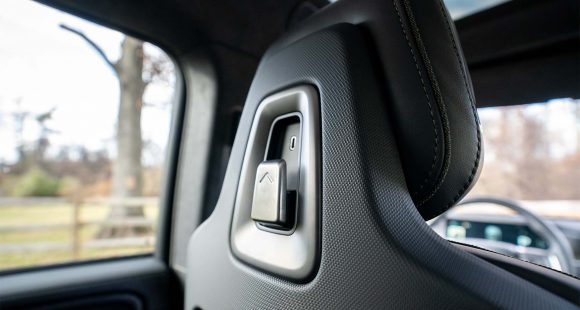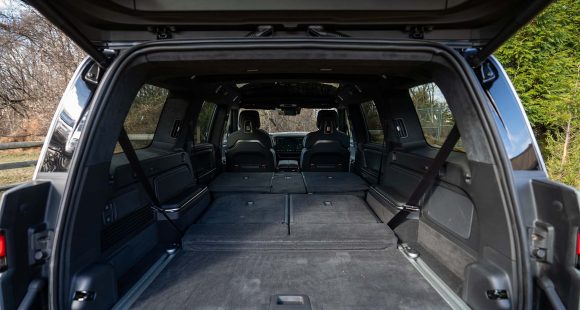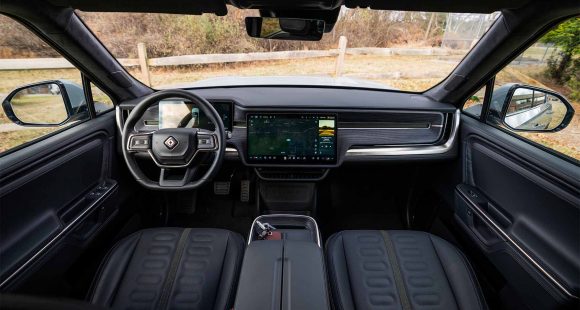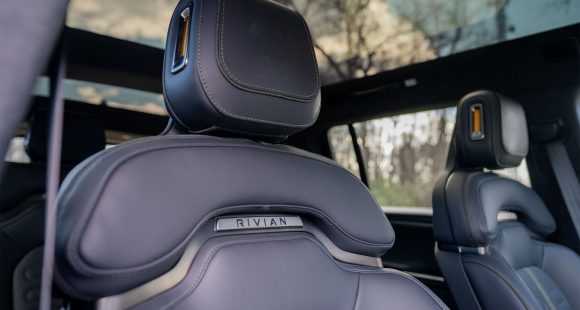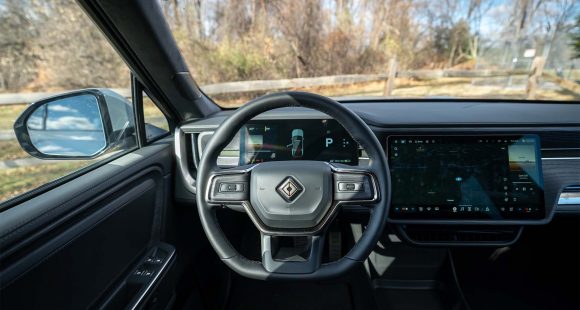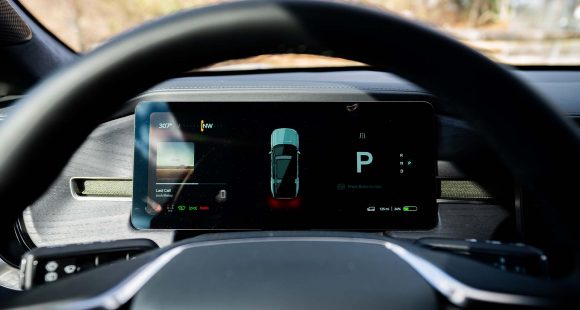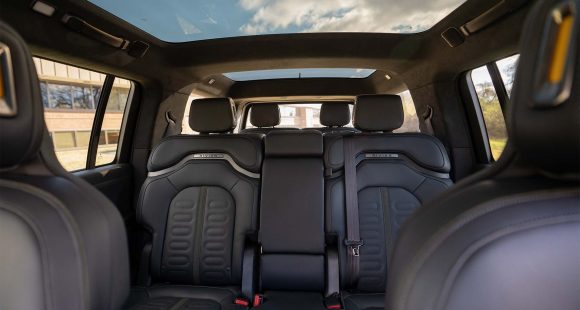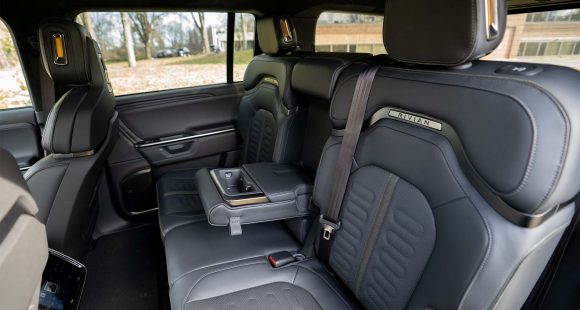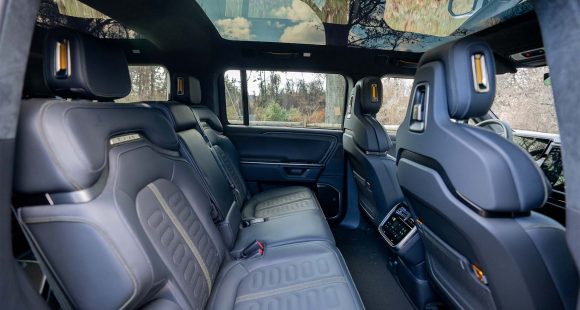2018 Honda Accord
An accord by definition is an agreement. And I think we can all agree that the Honda Accord has been one of the most successful cars of all time, with over 13 million sold here in the U.S. alone. So while an all-new Accord may not spike the excitement meter around here, it certainly is an important vehicle for Honda, as well as for other car makers, as they see what they’ll be up against for years to come.
Sedan sales being what they are these days, you might think Honda would just do a light makeover for the 2018 Honda Accord and call it a year. That’s not the case.
This 10th generation Accord is all-new, riding on a lighter chassis that allows for a lower, wider stance.
Wheelbase is up by over two inches, with virtually all of it upping rear leg roof. There’s genuine full-size sedan space back here, and while the sloping room means really bending over to get in, there’s 6-footer-plus headroom once you do.
Up front, Honda has blended a sportier theme into the familiar space; starting with a nicely thick steering wheel, and adding additional bolstering to the seats.
 The gauge panel is virtual, but there are dials here, not just a digital readout for speed like some other Hondas.
The gauge panel is virtual, but there are dials here, not just a digital readout for speed like some other Hondas.
A full slate of tech. features naturally, including an 8-inch touchscreen with vastly improved interface; though that’s mostly due to adding some antiquated knobs and buttons back into the mix.
On the practicality front, split folding seatbacks are standard, and trunk space increases by almost a full cubic-ft. to 16.7.
There’s lots new in the powertrain department as well. Base, and destined to be the most popular, is a 1.5-liter turbo-4, which at 192-horsepower, is the most ever standard in an Accord; torque is 192 lb-ft. It comes mated to either a CVT or a 6-speed manual transmission. For a small turbo, it operates very smoothly, and feels totally adequate for daily use.
The upgrade is no longer a V6, but another turbo-4, a 2.0-liter no less. But don’t fret, it’s actually a detuned version of the Civic Type R’s, cranking out 252-horsepower, with 273 lb-ft. of torque, more than the last V6. It connects to either a new 10-speed automatic or a 6-speed manual.
We really enjoyed the manual. It’s not Honda’s best shifter ever, but it just feels like you’re getting away with something, rowing through the gears in this family car.
 Finally, the hybrid makes a return as well, combining a normally-aspirated 2.0-liter I4 with two electric motors for a combined output of 212-horsepower.
Finally, the hybrid makes a return as well, combining a normally-aspirated 2.0-liter I4 with two electric motors for a combined output of 212-horsepower.
Regardless of powertrain, the Accord feels as quiet and functional as always, but bigger, and still with just a dash of fun in the mix. It’s not Lexus quiet, or Mazda capable, but it finds a really nice sweet spot in between.
While visibility wasn’t an issue before, A-pillars have been slimmed to enhance the outward view further.
Despite the wheelbase stretch, overall length is actually down, even as the front overhang is up slightly.
But, the altered proportions work wonderfully, yielding a sleeker, coupe-like, profile. Indeed, Honda clearly wanted to steer things in a sportier direction styling-wise; but thankfully without going overboard.
A bit of weight was lost along the way as well, around 150-lbs for most trim levels. Wheels are 17 or 19-inch alloys.
Most of our time, both at the national press launch in New Hampshire and around our headquarters, was spent in a Touring trim Accord with the optional 2.0-liter and 10-speed automatic. New is an Adaptive Damper system with real-time damping control with Normal and Sport modes.
 Despite all of the gears, the transmission displayed only the occasional clunkiness.
Despite all of the gears, the transmission displayed only the occasional clunkiness.
And at our unfortunately frigid test track, the 2.0T-10 speed combo still delivered; with a 0-60 of 6.5-seconds. There’s plenty of low-end rumble, enough to battle quite a bit of wheel spin. With warmer temps, we feel sub-6 seconds would be more the order of the day.
Things are smooth and steady from there, eventually tripping the lights in 14.8-seconds at 100 miles-per-hour. Easily comparable to last year’s V6.
It doesn’t feel vastly lighter than before, but nimbler for sure with noticeably less body roll. Turn-ins are quicker and overall the car simply feels more responsive, and yes sportier!
Honda Sensing safety systems, including Collision Mitigation Braking are standard on all Accords.
Government Fuel Economy Ratings aren’t finalized for the 2.0-liter, but in mixed driving we averaged a good 28.6 miles-per-gallon on Regular.
Pricing starts with LX trim at $24,445; top level Touring trim begins at $34,675.
Yes, it’s not a great time to be in the 4-door car business these days; but if there’s one sedan that should have no problem staying relevant in this SUV obsessed world, it’s the 2018 Honda Accord. It’s because it still delivers what it always has; reliable, highly efficient, practical, trouble-free transportation in an increasingly refined and sophisticated package. Honda fans are sure to follow… Accordingly.
Specifications
- Engine: 1.5 liter / 2.0 liter
- Horsepower: 192 / 252
- Torque: 192 lb-ft. / 273 lb-ft.
- 0-60 mph: 6.5 seconds
- 1/4 mile: 14.8 seconds @ 100 mph
- EPA: Average 28.6 mpg
2025 Rivian R1S
Major Reboot for Rivian R1S
With just about every mainstream carmaker now onboard with battery-electric vehicles, EV-only brands are hoping there are still plenty of people out there willing to think outside the box. So, let’s see if Rivians latest R1S utility can make the case for taking the EV road less traveled.
Big changes have happened in the short time since the Rivian R1S first hit the streets three years ago. As for 2025, there are updates that touch just about every aspect of the vehicle. Yes, despite looking almost exactly the same outside, Rivian claims that beneath the surface, their entire electrical architecture has been significantly updated, eliminating a whopping mile and a half of wiring and 10 computer assemblies, allowing for more efficient operation.
But look closely and you will see their signature vertical oval headlights are updated with a new matrix of LED lights that can cycle individual elements on and off to provide maximum illumination where you need it without distracting oncoming drivers.
Not much change in the look of the interior either, but the synthetic leather upholstery is still very nicely done, though most touchpoints feel more rugged than luxury minded. With the exception of a couple controls on the steering wheel, you do still have to do almost everything on the R1S’s 15.6-inch touchscreen, but the user interface has been improved. So, while we do wish they could have reverse-engineered a knob or two into the mix, we realize full touchscreen interface is just what people expect in their high-end EVs these days, and at least it works better than before. And the gauge display still wows you with the amount of information it displays and is mounted high enough that no additional head-up display is needed. A new Rivian Autonomy Platform uses 11 cameras, five radars and A.I. for self-driving, or just to monitor what’s going on around the vehicle even when it’s parked.
This [EV] really feels fast, sitting you up high and throwing you back in your seat with authority.
Rivian has also given the R1S a substantial suspension revision with new spring rates, bushings, and mounts; along with new tuning for the adaptive dampers and roll-mitigation system. It does provide a more balanced street attitude, but it still rides like a truck. That’s great if that’s the experience you’re looking for; not as ideal if you’re looking for more of the smooth luxury-style treatment.
All R1Ss are all-wheel drive, but there’s a wide variety of powertrain options including a new Tri-Motor setup. Outputs range from the standard Dual-Motor’s 533 horsepower to the Quad-Motor’s impressive 1,025. There are several battery packs as well, delivering as much as 410 miles of range, giving the R1S the highest rating of any SUV on the market right now. Our Adventure trimmed tester featured the 665-horsepower Performance version of the Dual-Motor arrangement, with the Max battery and 20-inch wheels with all-terrain tires.
Theoretically, that setup is rated for 370 miles, but perhaps we were enjoying the “performance” theme too much as our results were well short of that, using 68% of the battery to drive only 189 miles, putting our estimated range around 278 miles. Using 43 kilowatts of electricity for every 100 miles earns the R1S a fair efficiency rating.
But all was forgiven at our Mason Dixon test track when this Rivian started blasting us to 60 in 3.8 seconds. Yes, there are faster EVs, but this one really feels fast, sitting you up high and throwing you back in your seat with authority, while the rear of the truck squats down substantially before hurling you off the line and down the track. Power delivery stayed strong the entire time, cranking away until we cleared the quarter-mile in 10.5 seconds at 108 mph.
Despite this utility’s substantial size and weight, we were able to keep a pretty fast pace through the cones of our handling course. The all-terrain tires obviously didn’t grip the pavement as well as all-seasons would, but the low center of gravity kept things very flat. Yes, it does feel very heavy, but the brakes were more than up to the task, stopping us from 60 mph in a very short 103 feet with surprisingly little nosedive and no fade.
Pricing starts at $77,700 for the Dual-Motor with Standard battery pack; our Dual-Motor Performance with the Max battery and All-Terrain Package came in just over $102,000.
While Rivian has had great initial success; sustaining that success will be a much tougher task. But, if they continue to put as much effort into improving their products as they have here with the 2025 R1S, we think their winning streak will only accelerate.
Specifications
As Tested
- Motor Setup: Dual Motor
- Battery Size: 141.5 kWh
- Horsepower: 665
- Torque: 829 lb-ft
- EPA Range: 370 miles
- 0-60 mph: 3.8 seconds
- 1/4 Mile: 10.5 seconds at 108 mph
- Braking, 60-0 (avg): 103 feet
- MW Test Loop: ~278 miles








